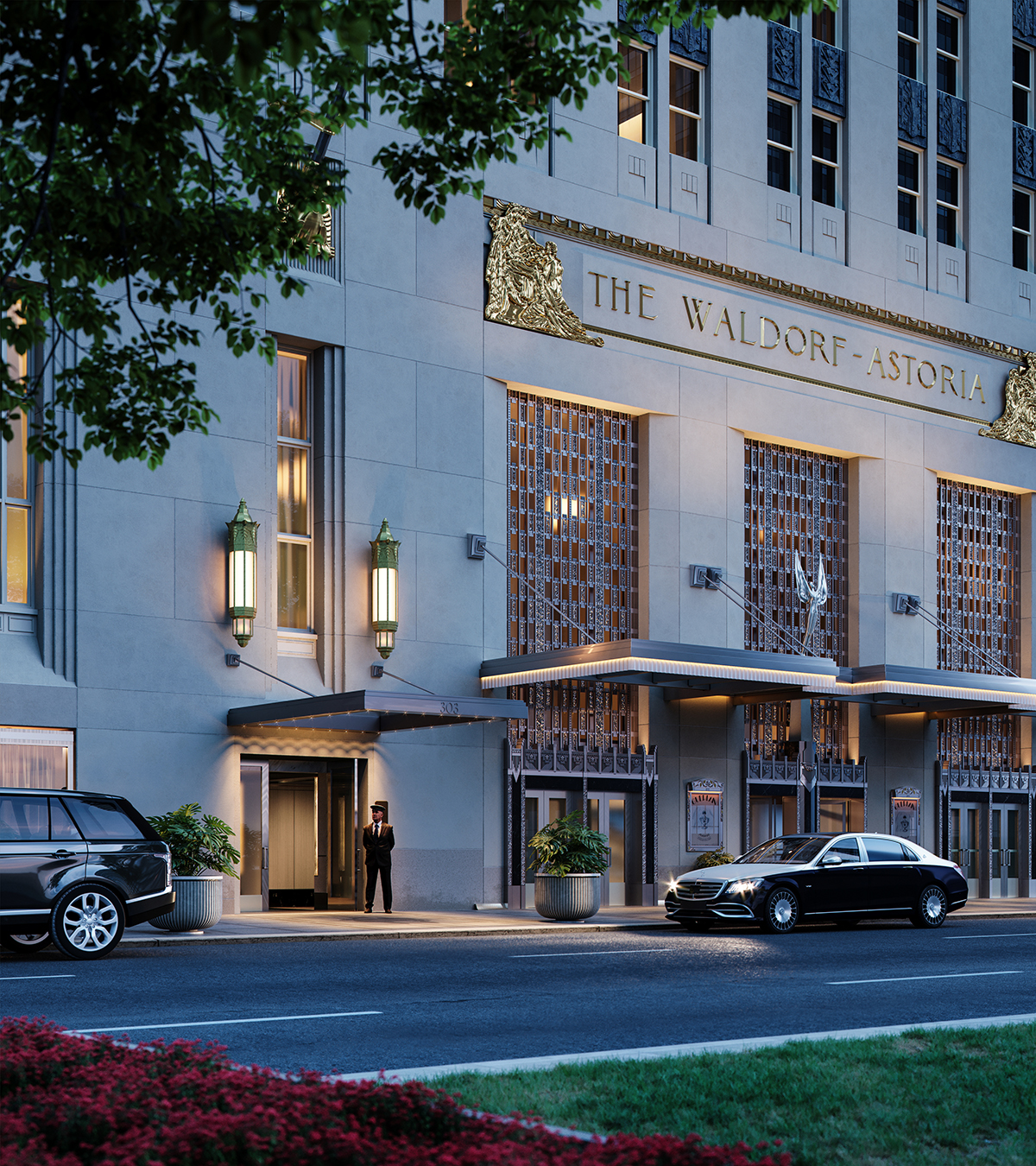
The Park Avenue entrance to Waldorf Astoria New York’s luxury residences, The Towers
Waldorf Astoria Hotels & Resorts, the luxury hotel and resort brand of Hilton Worldwide, recently embarked on a major transformation of its historic New York hotel, creating 375 luxurious private residences which are set to open, along with the hotel, in 2023. Here, the group’s Senior Vice President and Global Category Head, Dino Michael discusses the importance of creating memorable experiences, understanding your guests and building local partnerships
1. What makes a luxury brand?
Experiences are everything. Truly personalised touches that create unique moments and memories are what distinguish a luxury brand. There is more license to be whimsical in luxury now more than in the past, to be familiar and welcome guests as if they are visiting someone’s home. Yet while the luxury industry is becoming more approachable and inclusive, luxury customers still appreciate and want a certain level of prestige and truly seamless, elegant service from their luxury brands. Waldorf Astoria, for instance, is a brand known for its effortless service and for creating unforgettable moments for our guests while making them feel at home no matter where they are around the world.
Follow LUX on Instagram: luxthemagazine
2. How do you approach global brand development for companies like Hilton, which already have a firmly established reputation and history?
In times of uncertainty, consumers gravitate towards brands they know and trust, and we want our loyal customers to be confident that they can continue to find that with Hilton. It is because of this deep connection we have with our guests that we are able to expand and further develop our brands, particularly Hilton’s luxury category.
We are looking forward to continuing to grow and develop our luxury footprint in both established urban destinations, such as the Waldorf Astoria London Admiralty Arch opening in April 2023, as well as within more remote resort locations like the Seychelles, to give consumers a trusted place to stay while exploring the world. In addition to our hotel offering, we are also seeing momentum with our residential portfolio, most notably with Waldorf Astoria New York’s luxury residences, The Towers, and Waldorf Astoria Hotel & Residences Miami, both open for sales and seeing incredible buyer interest.
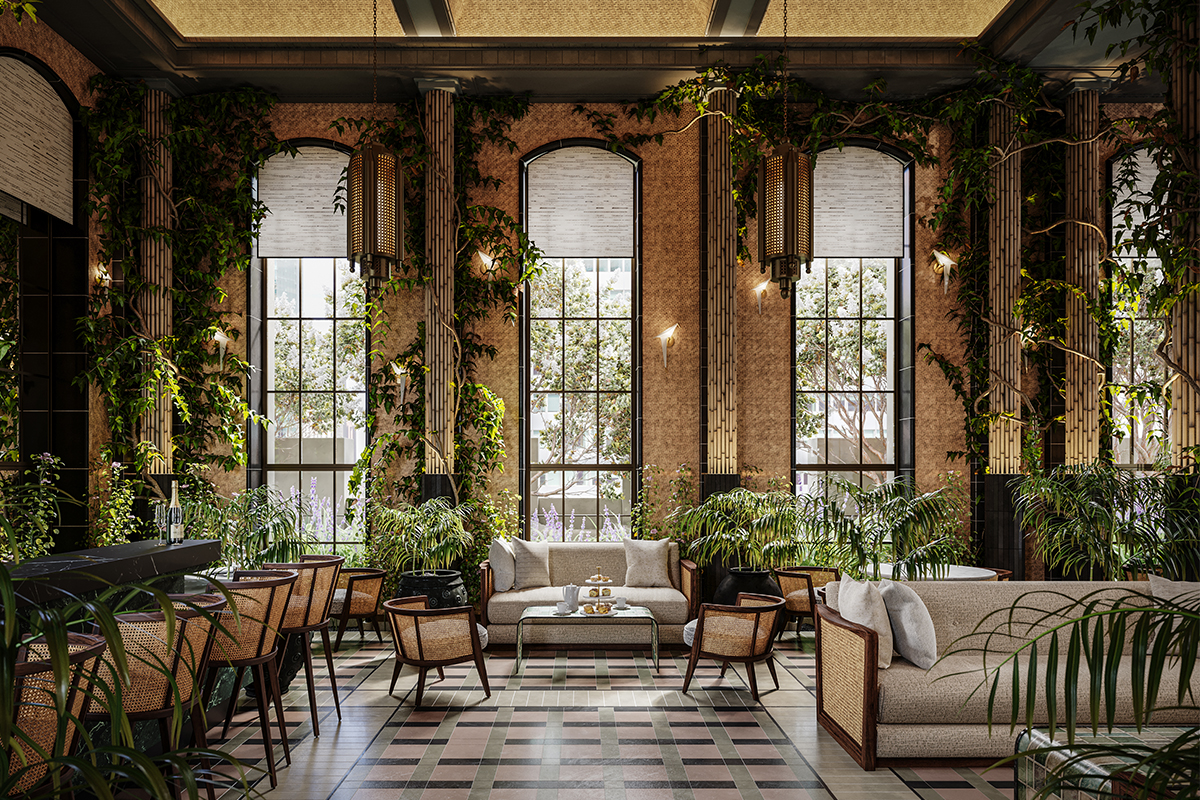
The “Winter Garden” at The Towers
As an organisation we work tirelessly to meet the evolving needs of the luxury traveller, including having a long-term approach and being able to forecast where and how our discerning guests will want to travel. With privacy and exclusivity more important than ever for our guests in the post-pandemic travel landscape, unique offerings such as the recently unveiled Private Island at Waldorf Astoria Maldives Ithaafushi provide both a safe and reassuring way to travel, as well as the ultimate in luxury experiences.
In addition to Waldorf Astoria, Hilton’s two other luxury brands, Conrad Hotels & Resorts and LXR Hotels & Resorts, both have aggressive development timelines in the next five years. LXR, Hilton’s collection of luxury hotels and resorts, recently launched in the U.S. with the debut of the oceanfront Oceana Santa Monica which will be closely followed by openings in the Seychelles, Las Vegas and Kyoto, Japan. Conrad, our contemporary and design-forward luxury brand, continues to expand its global presence with recent openings in Punta de Mita and Abu Dhabi and upcoming openings in Las Vegas, China, Morocco and more.
3. You have worked across the hospitality sector – from culinary to residential. How does your approach to brand development vary depending on the industry?
Ultimately it is about understanding your guest as they are the heart of the hospitality business, no matter which part of the industry you work in, whether that be hotel, residential or F&B. A good example can be seen with our two Waldorf Astoria developments – both with a residential and hotel component- in New York and Miami. Waldorf Astoria New York is being restored to resemble the hotel’s classic grandeur yet will blend the old and new in a balance of modern comfort with Art Deco opulence that celebrates the scale and beauty of the iconic property. The hotel, residences and F&B components will also reflect the New York City guest and resident in a way that caters to every need they might have visiting and living in Manhattan.
Read more: LUX’s Editor-in-Chief Darius Sanai on media
On the other hand, we have Waldorf Astoria Miami – another residential and hotel development- which
Soars 1,049 feet above Biscayne Bay as the tallest building south of New York City and a new modern architectural wonder in South Florida. We’ve taken the rich culture of Miami and let it inform how this property comes to life, while still maintaining the personal service and best-in-class experiences people come to know from Waldorf Astoria. Like all properties we develop, this project will be truly unique to its destination, offering a sense of geography and locale first, followed by the comforting reassurance of being “home” second.
This guest-centric mentality is also integral to how we develop our culinary programs across Hilton’s luxury portfolio. Overseeing the evolution and growth of our luxury F&B program is a passion of mine that stems from my humble beginnings in food and beverage within the hospitality industry. As food tourism continues to be in high demand in the luxury travel market, we continue to innovate and showcase the natural bounty of each destination through the work of world-renowned chefs like Jean-Georges Vongerichten, Dave Pynt, Michael Mina, Bryan Voltaggio, Richard Sandoval, Heinz Beck and more, bringing our guests exclusive and truly unforgettable dining experiences.
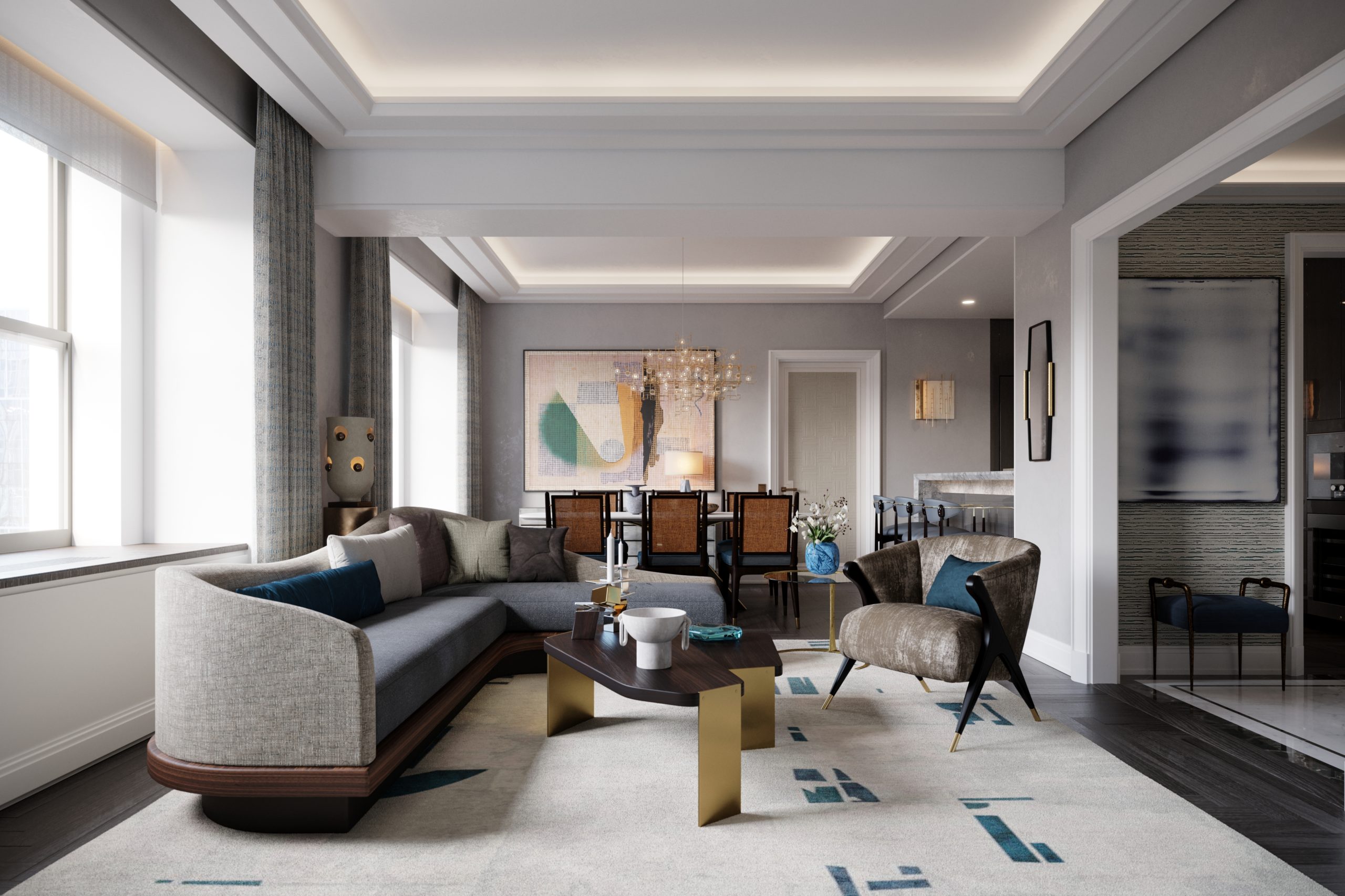
The living room of one of the private residences at The Towers
4. Given the hotels you work with span many locations across the globe, are there any golden rules to ensure consistency of brand quality?
A defining factor of the Waldorf Astoria brand is that each property is a true representation of their destination and captures the culture and essence of locale. We aspire to create hotels for their destination, not merely in a destination which means that guests should feel that sense of place and localisation first and the Waldorf Astoria brand second.
With that said, Waldorf Astoria properties across the globe work tirelessly to deliver personalised, elegant service, unforgettable experiences, and award-winning culinary excellence, all in marquee destinations which, while perhaps a world away from home, feel like a refined, welcome haven for our guests.
5. Has there been a particular strategy by the hotels under your aegis to survive the global pandemic, given they have had to shut down for the most part?
With ever-evolving guest expectations and comfort in travelling during the pandemic we, as an industry and company, continue to innovate and find unique solutions for the unprecedented challenges of the pandemic and post-pandemic climate.
We are seeing increasingly blurred lines between business and leisure travel as people have more flexibility in their work environment. As many people are choosing to “work from home” in a variety of locations outside their home, our luxury properties have capitalised on this trend by offering specialised packages catering to the extended stay traveler as well as offering alternative work spaces for those wanting to stay closer to home, including an “Escape Longer” package at Waldorf Astoria Los Cabos Pedregal and an “Office with a View” getaway offer at Waldorf Astoria Trianon Palace Versailles.
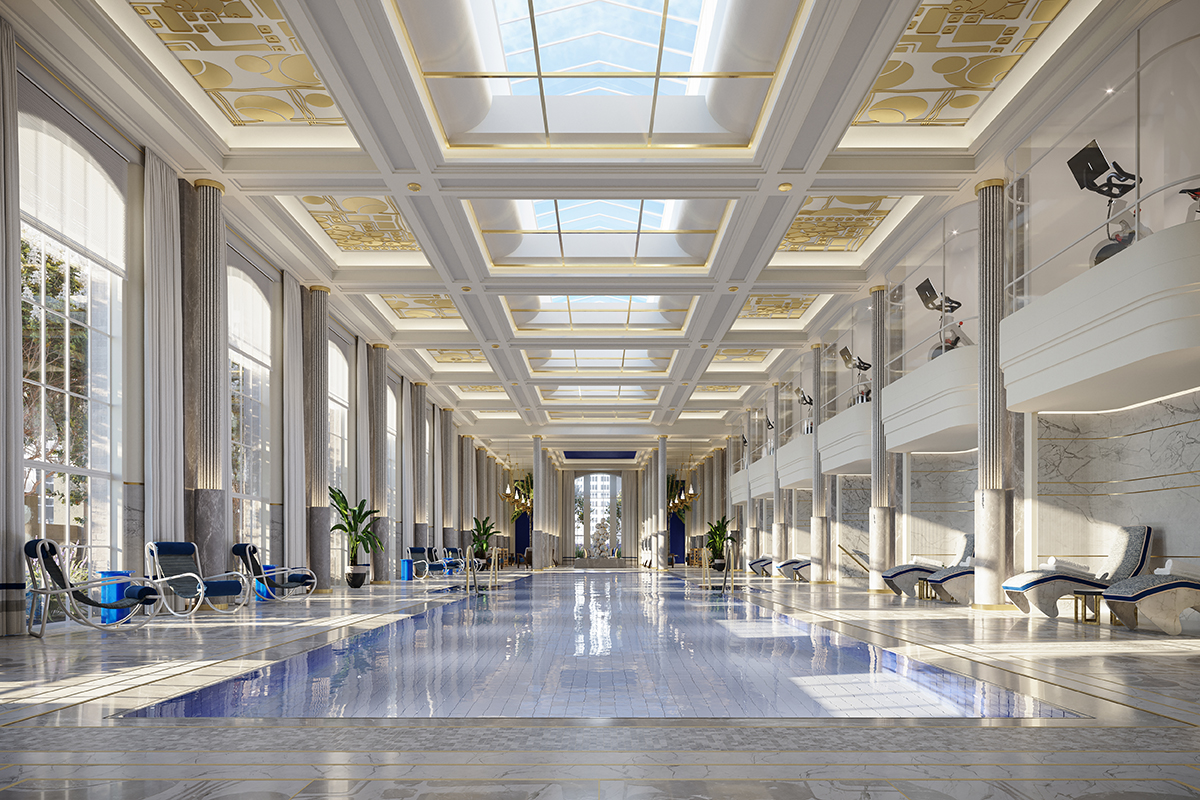
The “Starlight” indoor pool
For a property like Waldorf Astoria New York, many of the restoration changes already happening for the hotel and residences naturally work in a post-pandemic environment, such as fewer, larger guest rooms and residences allowing for more personalised attention and service for each guest and resident. Scaling down to 375 guest rooms will enable us to concentrate on delivering our renowned Waldorf Astoria service.
Read more: Louise Cottar of Cottar’s Safaris on meaningful luxury experiences
Additionally, Waldorf Astoria continues to align with and implement Hilton’s industry-defining initiatives and cleanliness protocols to adapt to the needs of our guests. Programs like Hilton CleanStay, an industry-leading standard of cleanliness and disinfection, along with EventReady and WorkSpaces by Hilton, allow us to provide our guests with the peace of mind and assurance that our hotels are not only operating at the highest cleanliness and safety standards, but that we are working to create programs and initiatives that allow guests to still host events, work remotely and travel in a way that makes them feel not only comfortable, but catered to.
6. To what extent does relationships with the local community play a role when establishing hotels in new locations?
Local relationships and partnerships are extremely important as we expand because they drive our impactful and authentic destination experiences across Hilton’s luxury properties. We engage with local shamanas and curanderas for native healing and wellness rituals; partner with elite establishments on private excursions that deliver a sense of place and culture in an intimate setting; and bring the region’s natural ingredients and resources to our restaurants for memorable and immersive dining experiences.
Our Conrad hotels across the globe take local engagement and social impact especially seriously, with many of our hotels offering dedicated programs that directly engage or give back to local communities. For example, the Conrad Maldives Rangali Island collaborates with several local environmental groups to help promote sustainable travel and encourage guests to reduce the use of materials that impact the environment and ocean. Our Conrad property in Washington, DC also embeds sustainability into its operations, integrating Hilton’s food waste training program into the kitchen culture as well as partnering with Clean the World to recycle and redistribute soap from guest rooms to communities in need around the world.
Conrad Washington D.C. will partner with DC Central Kitchen on a culinary internship and training program for youth. The hotel will the world. All of these programs are part of Travel with Purpose, Hilton’s corporate responsibility strategy to redefine and advance sustainable travel globally.
Another example of our engagement with the local community can be seen at The Towers of the Waldorf Astoria New York, where last year over 15,000 furniture pieces from the original hotel were put up for auction with Kaminski. The proceeds from this auction were given to support St. Bartholomew’s Conservancy in its mission to help restore and preserve the exteriors and gardens of fellow neighbourhood landmark St. Bartholomew’s Church and Community House, a celebrated local historic site and marvel of Byzantine-Romanesque architecture directly across the street.
Find out more: hilton.com/en/waldorf-astoria/
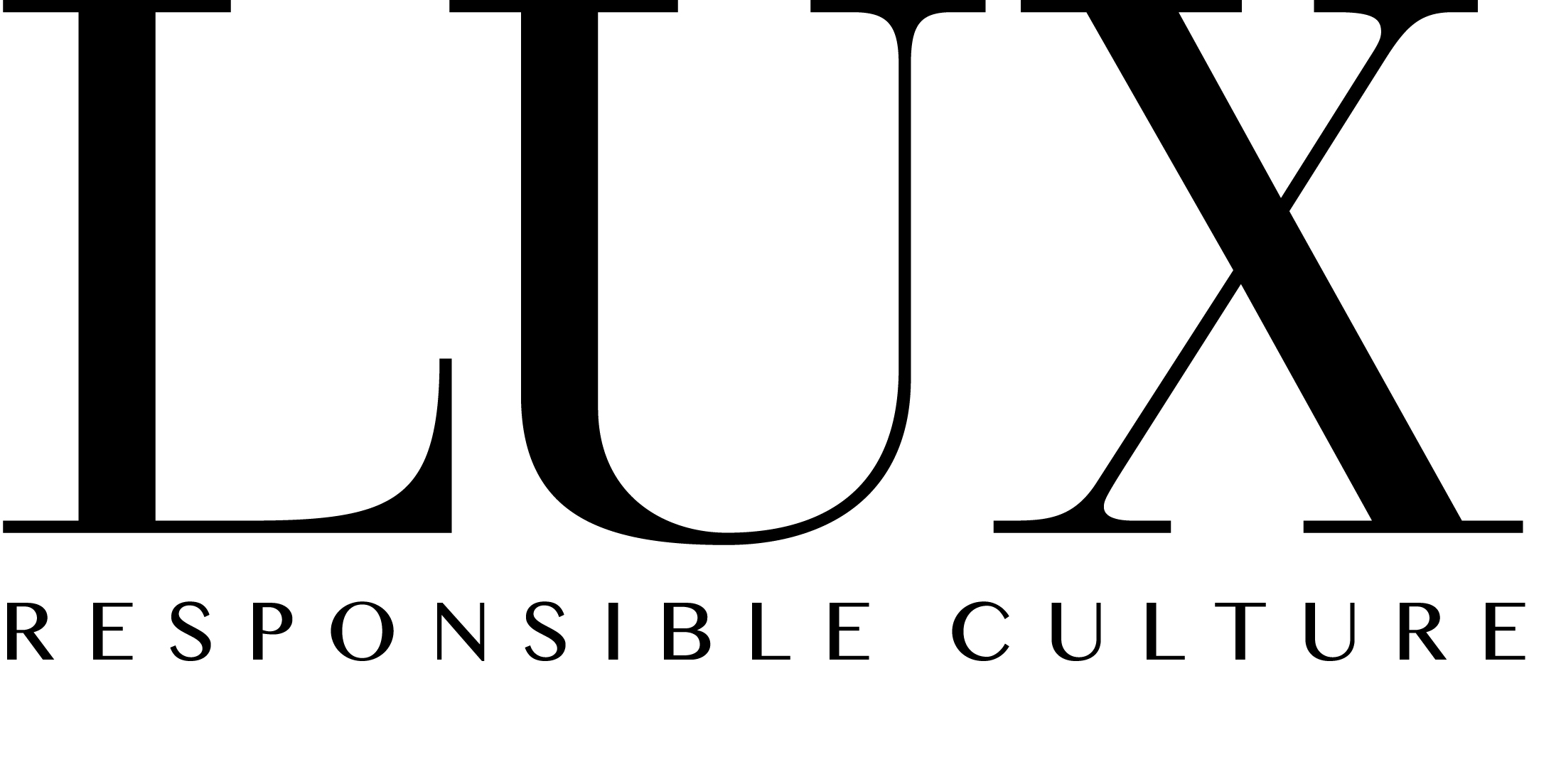
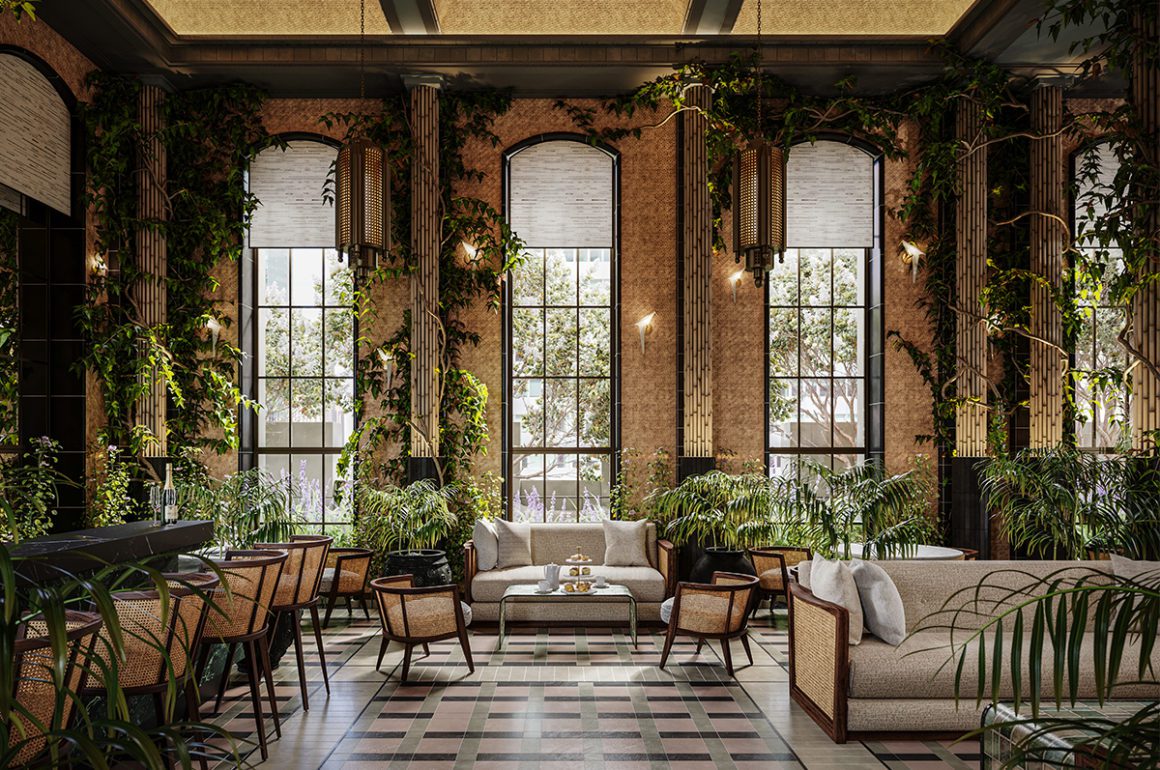

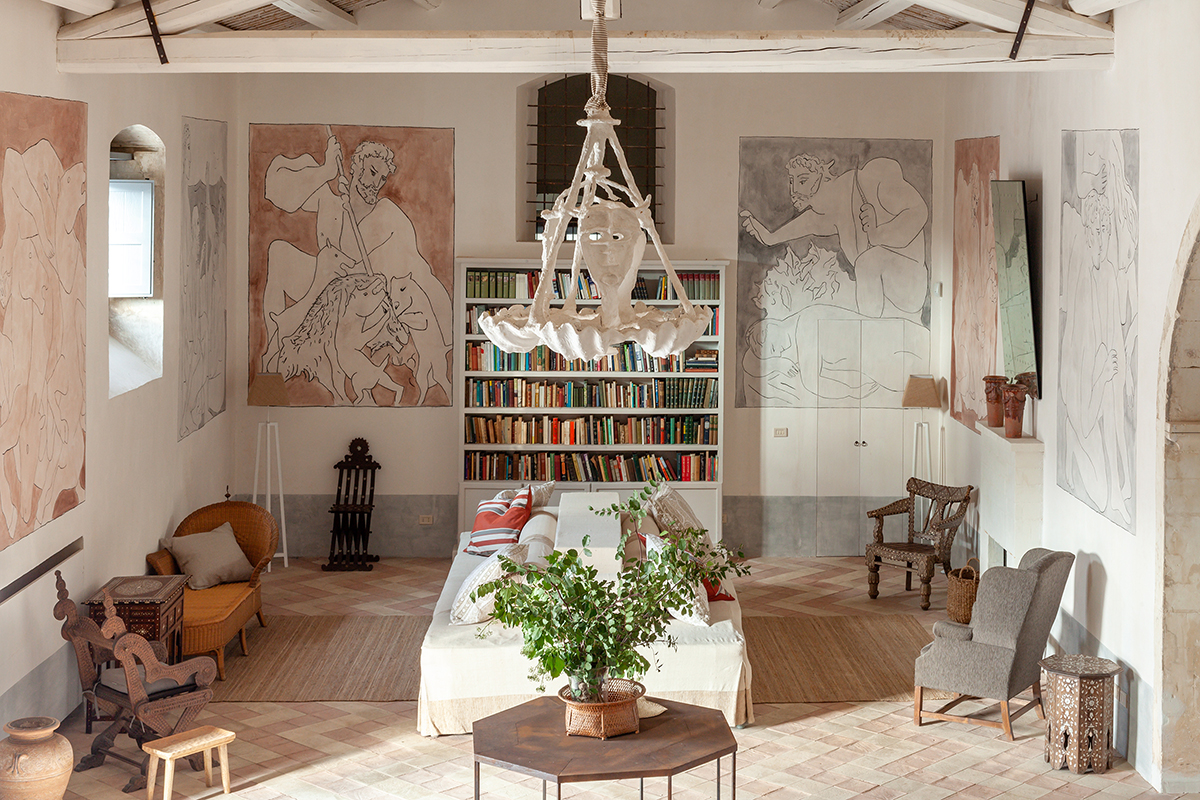
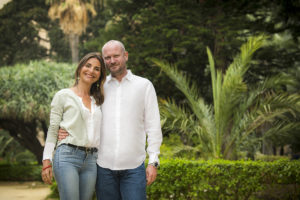
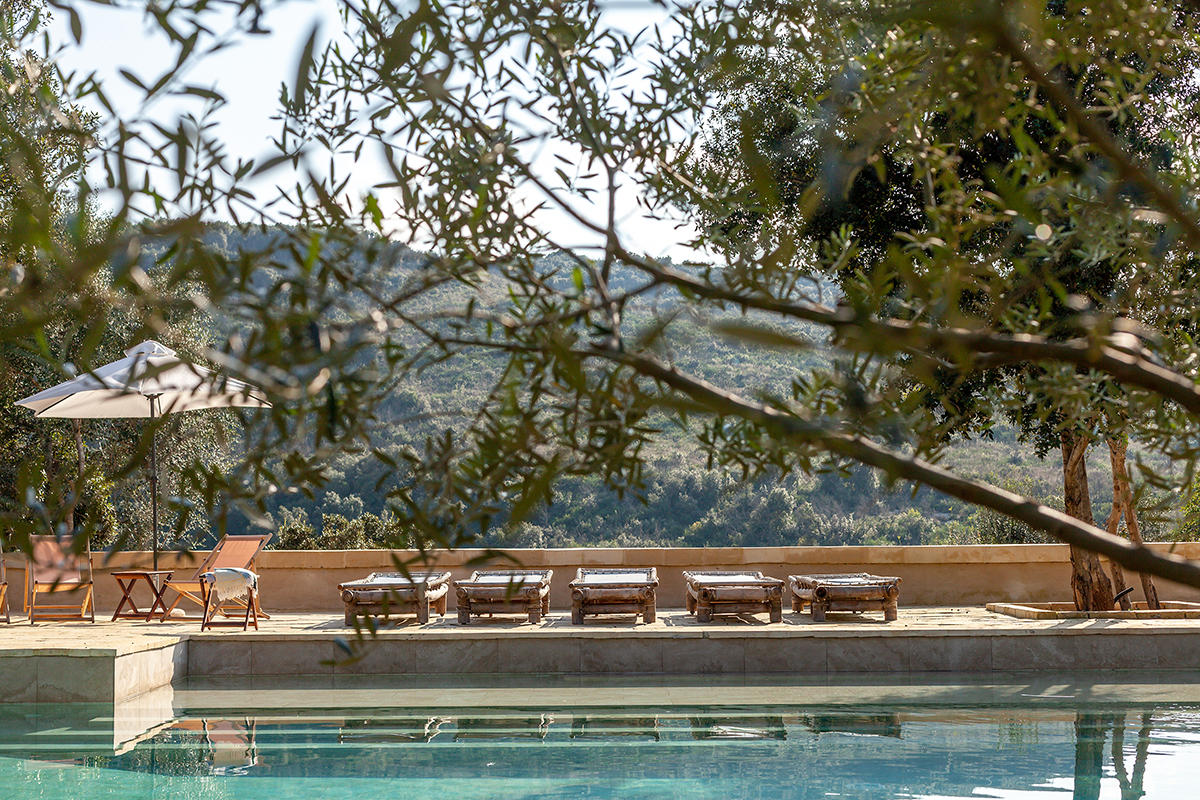
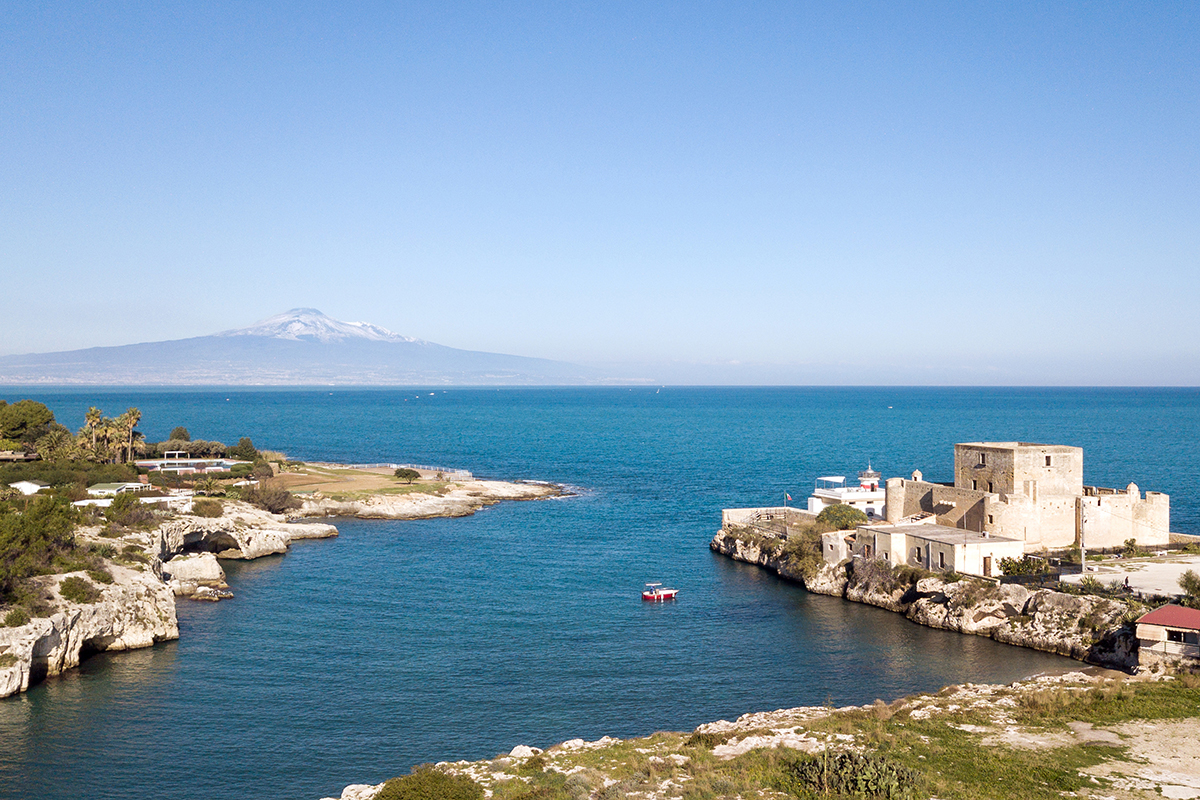
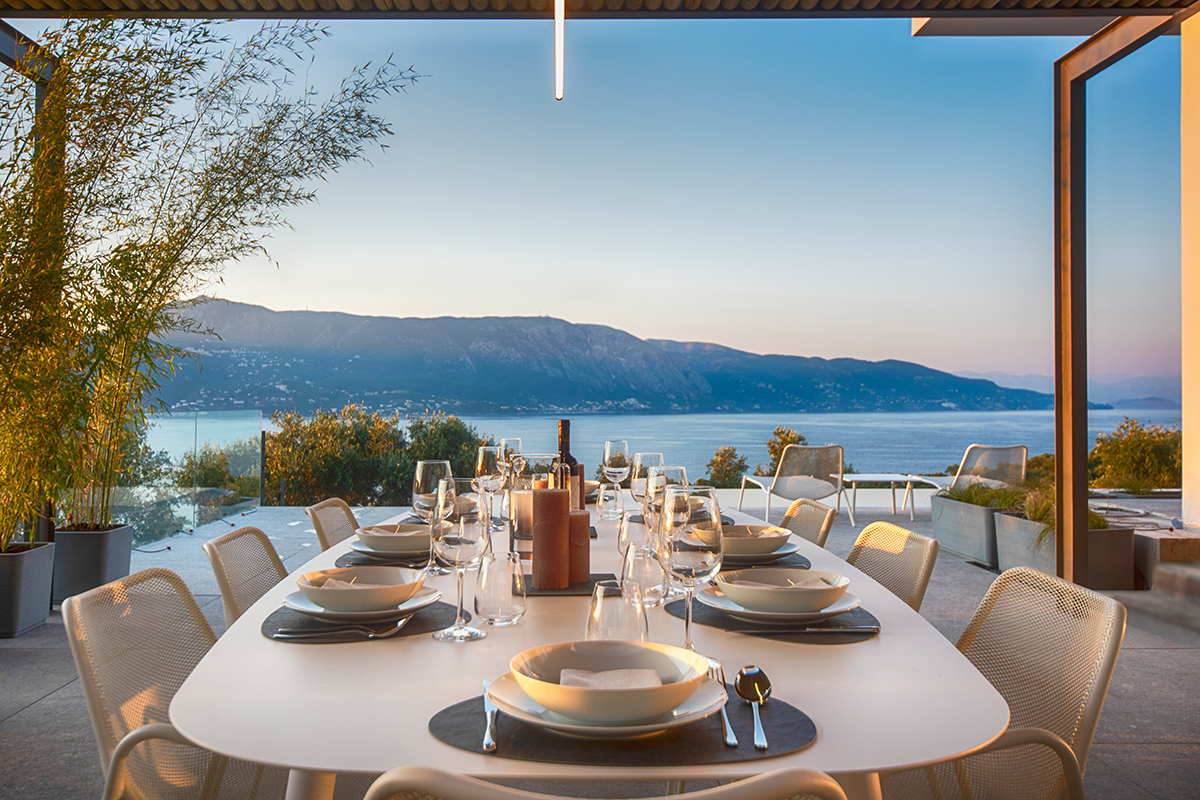
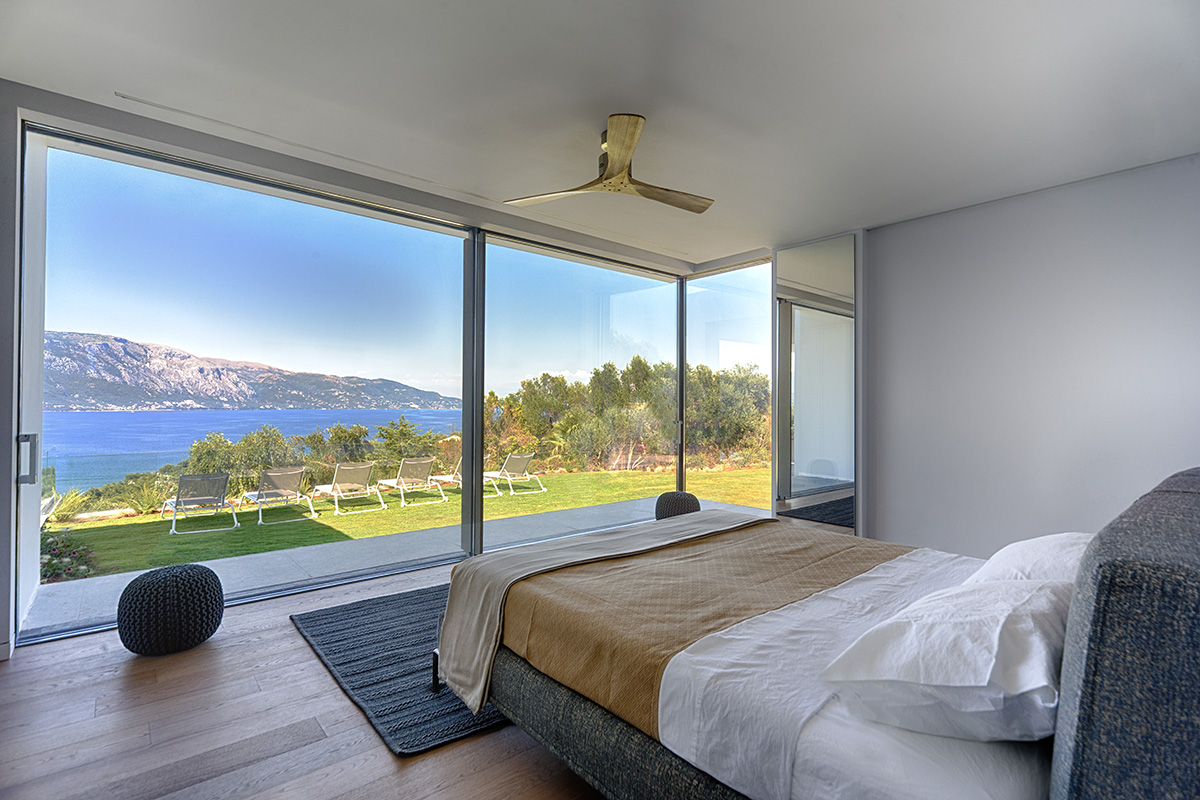
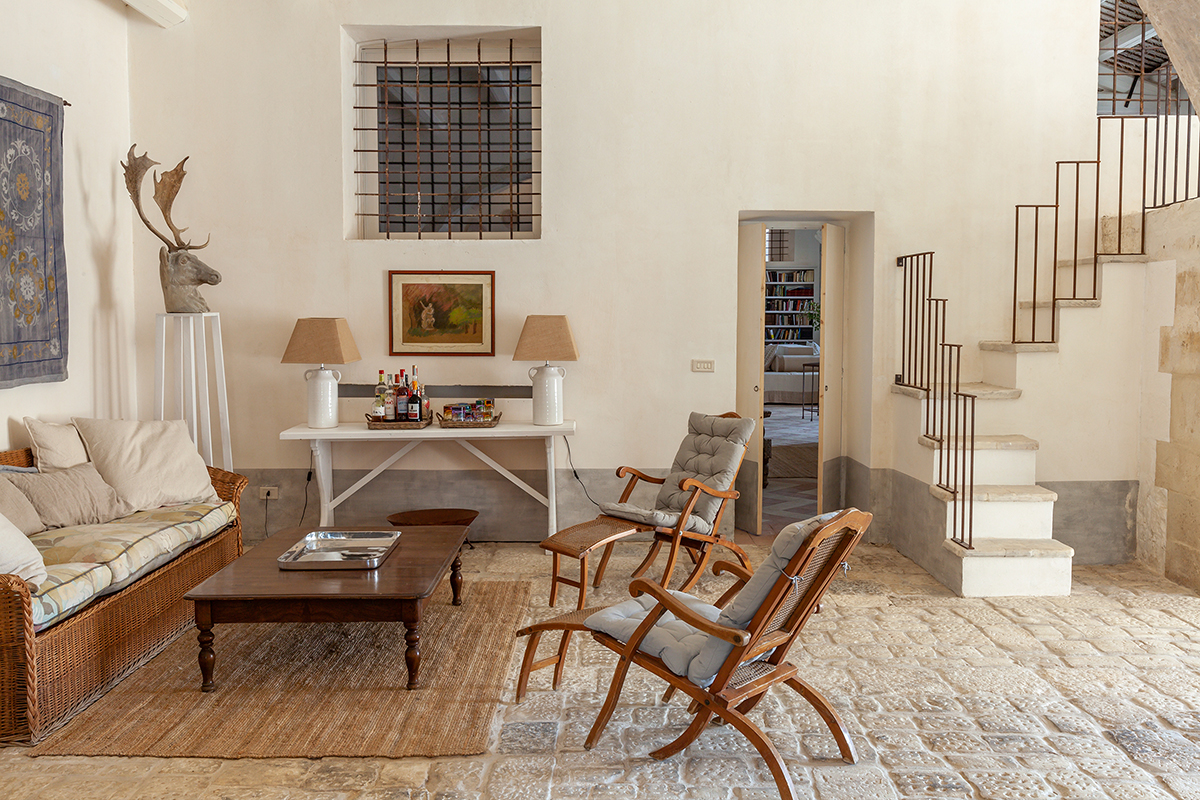
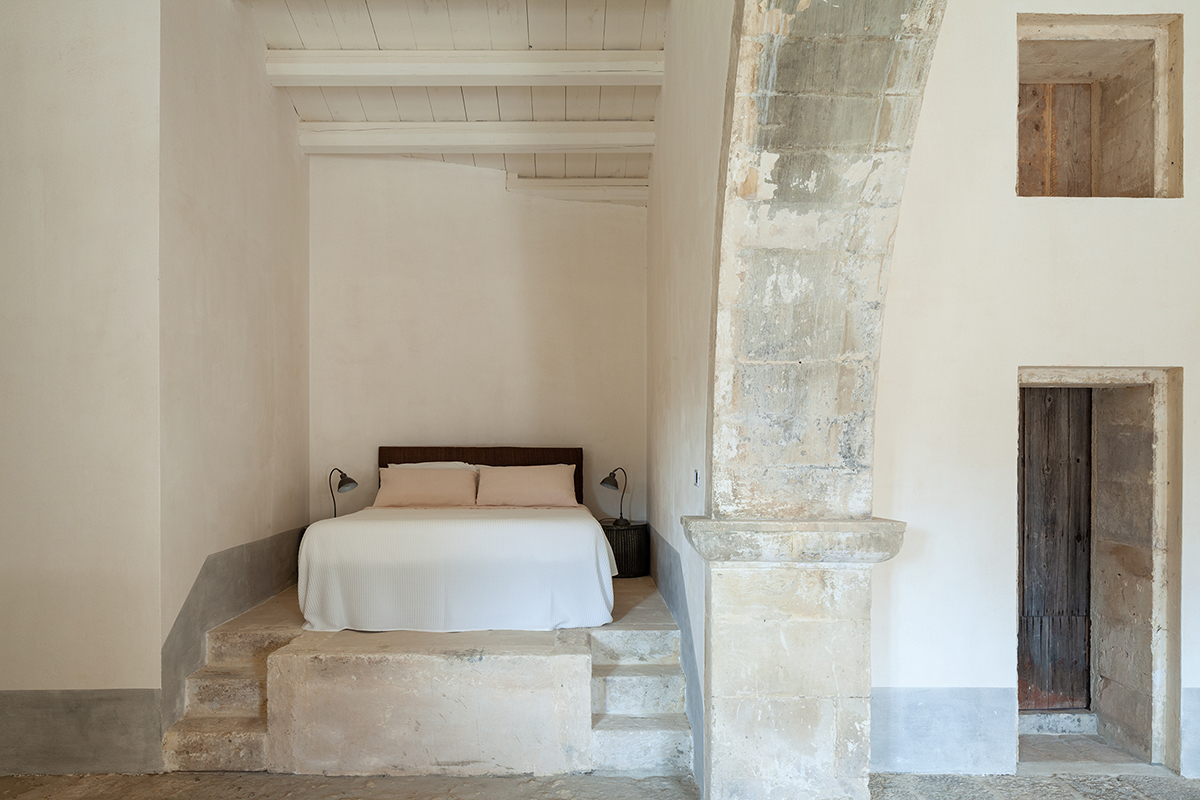
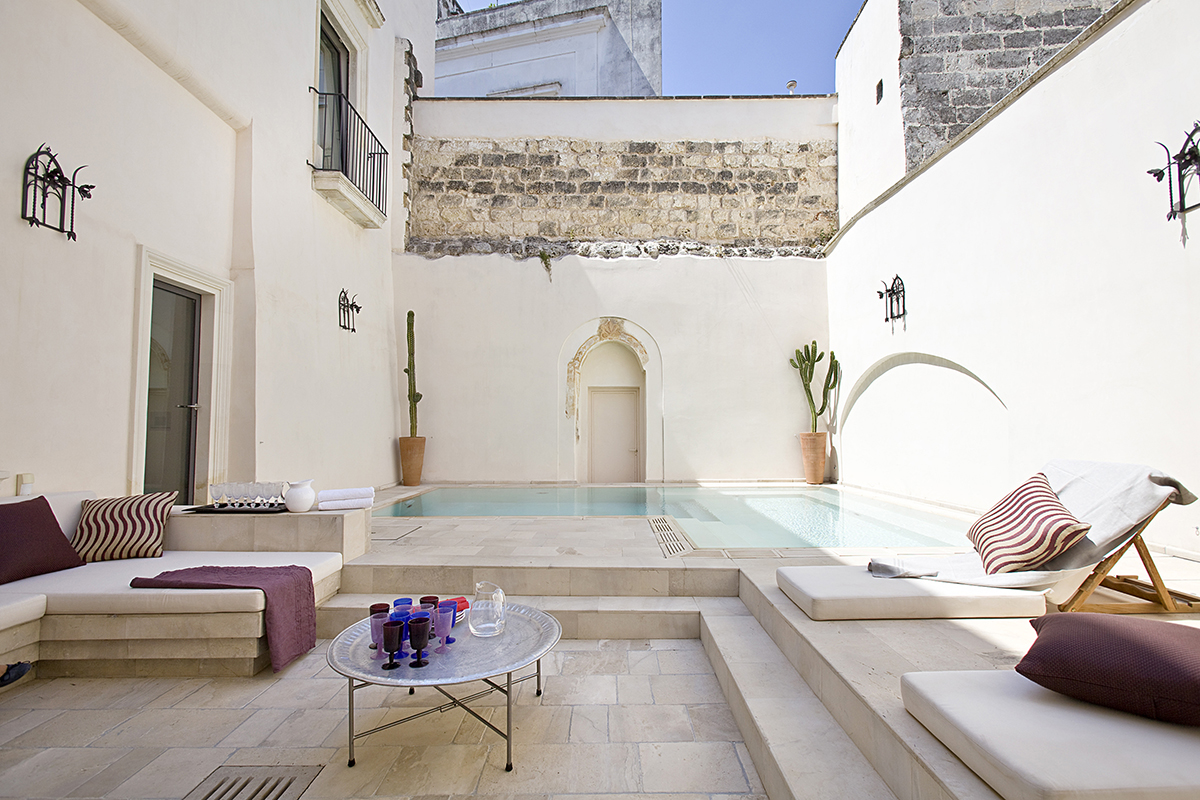
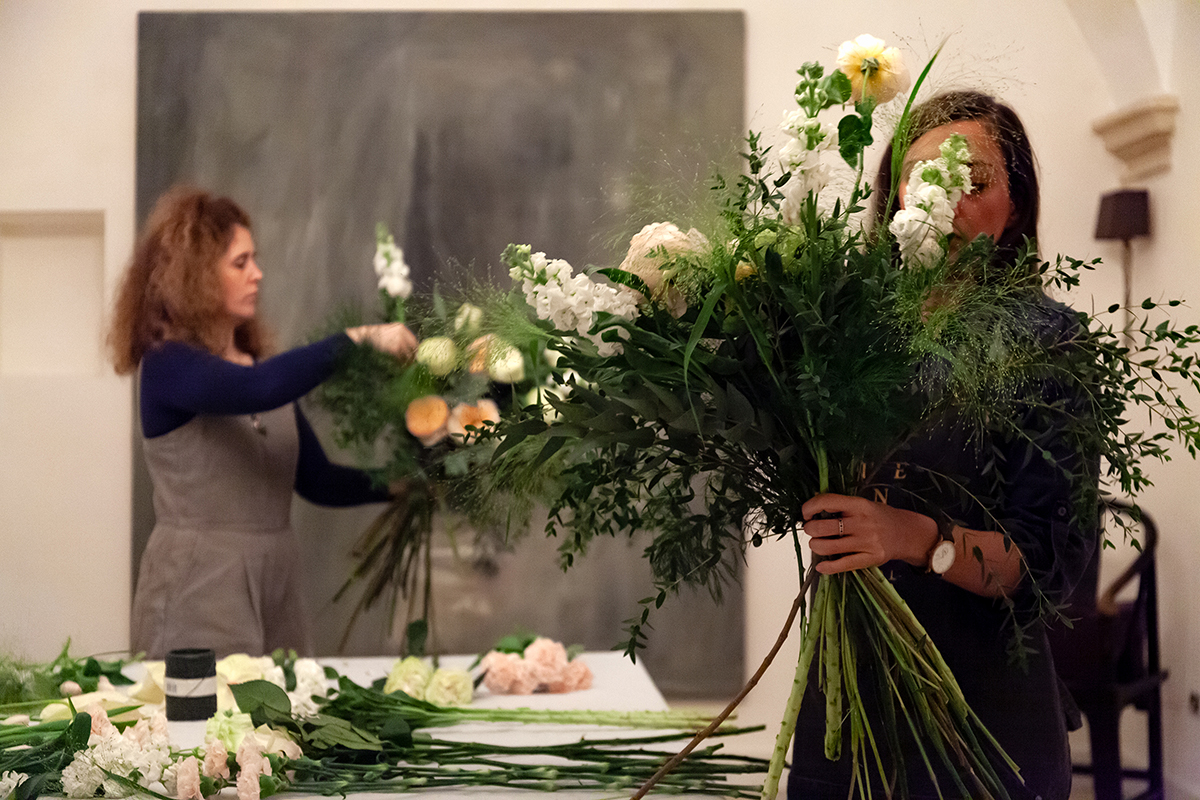
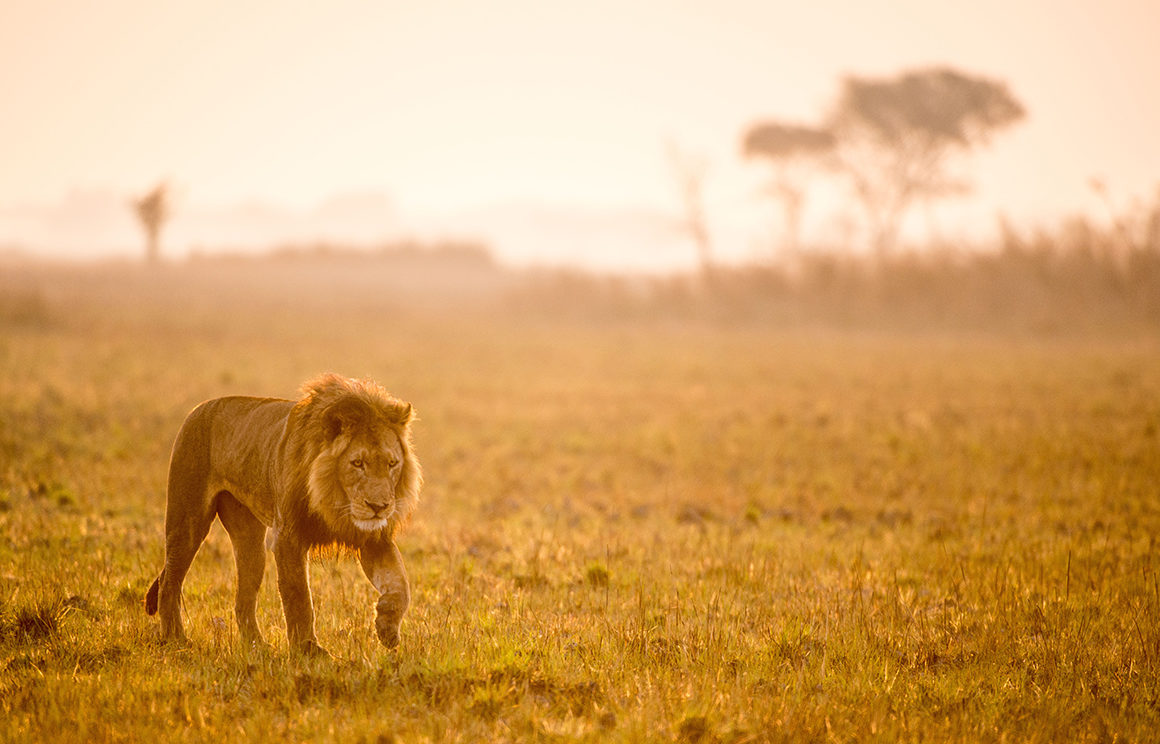
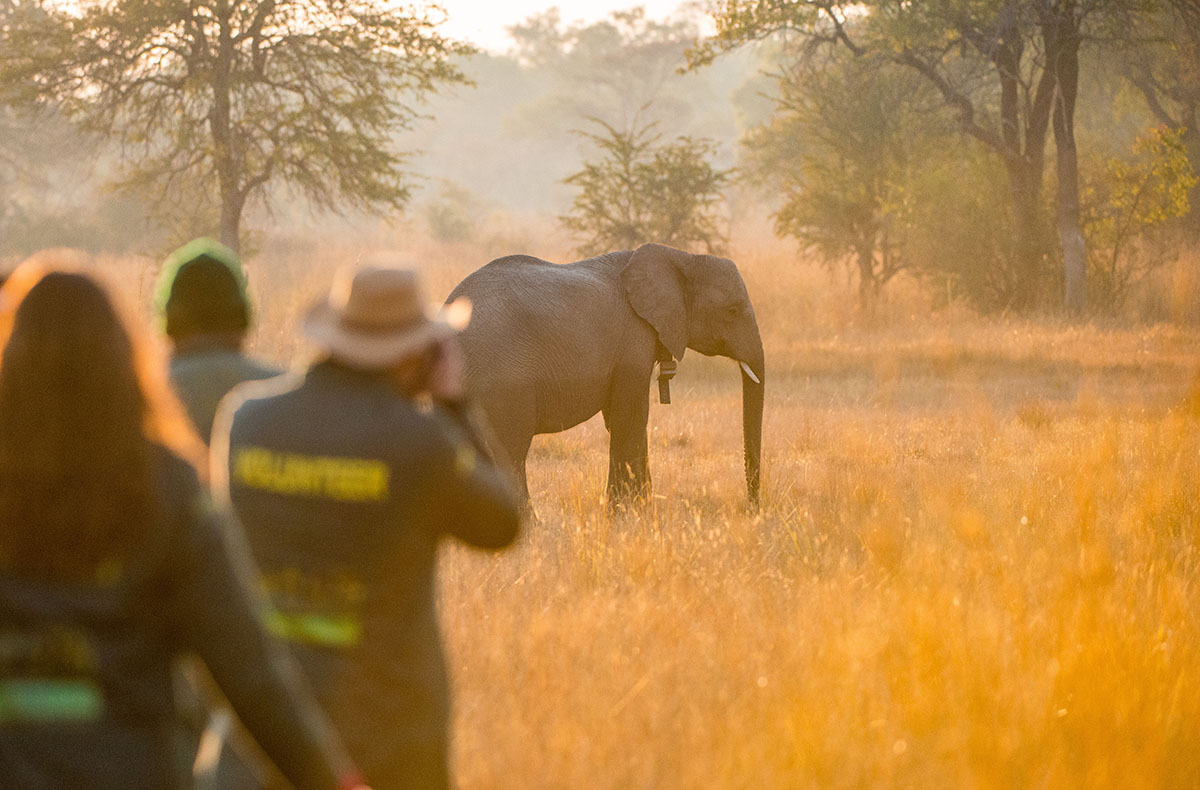
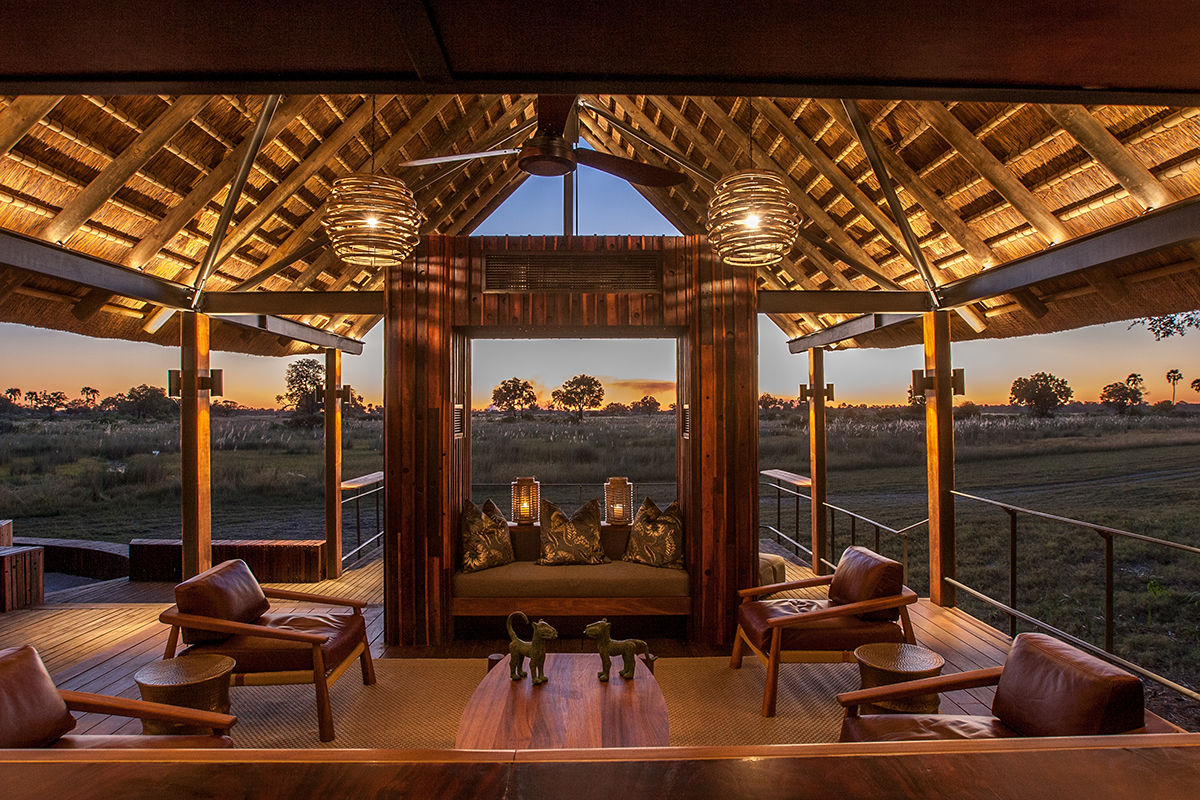
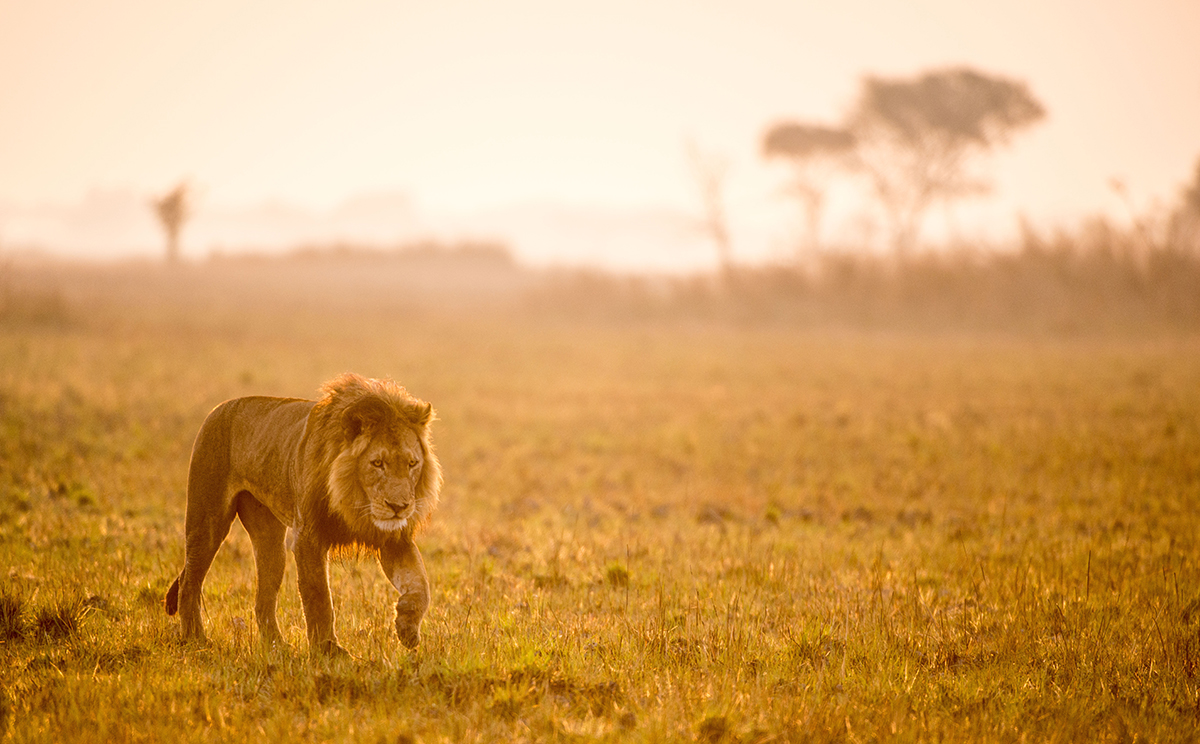
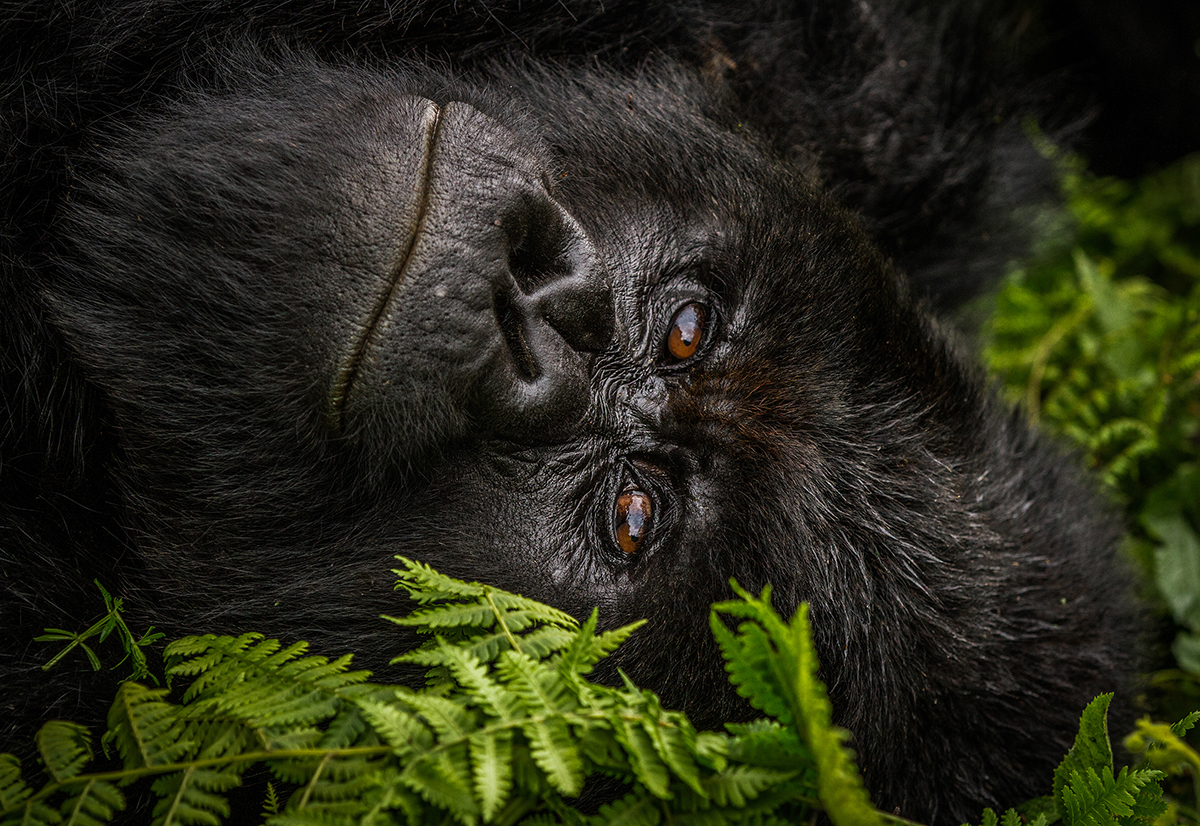
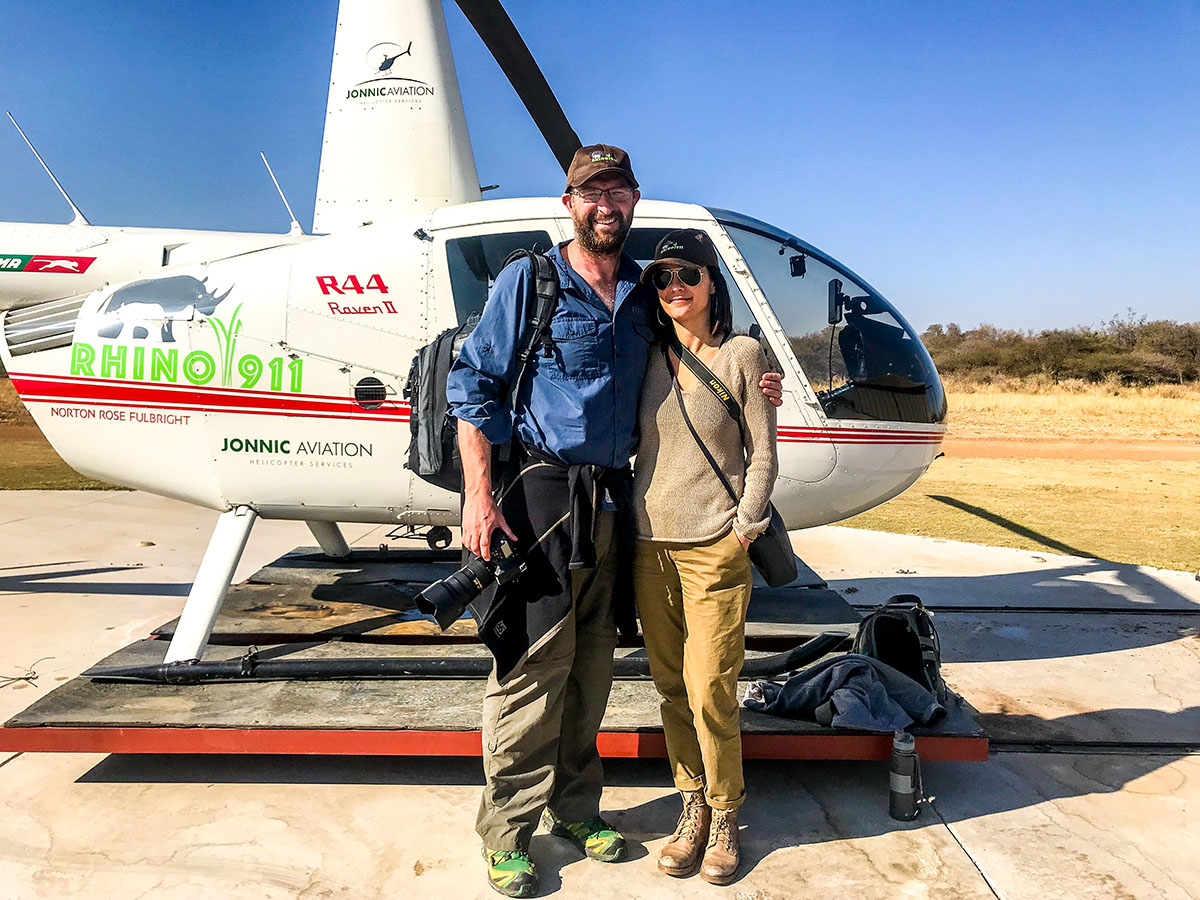
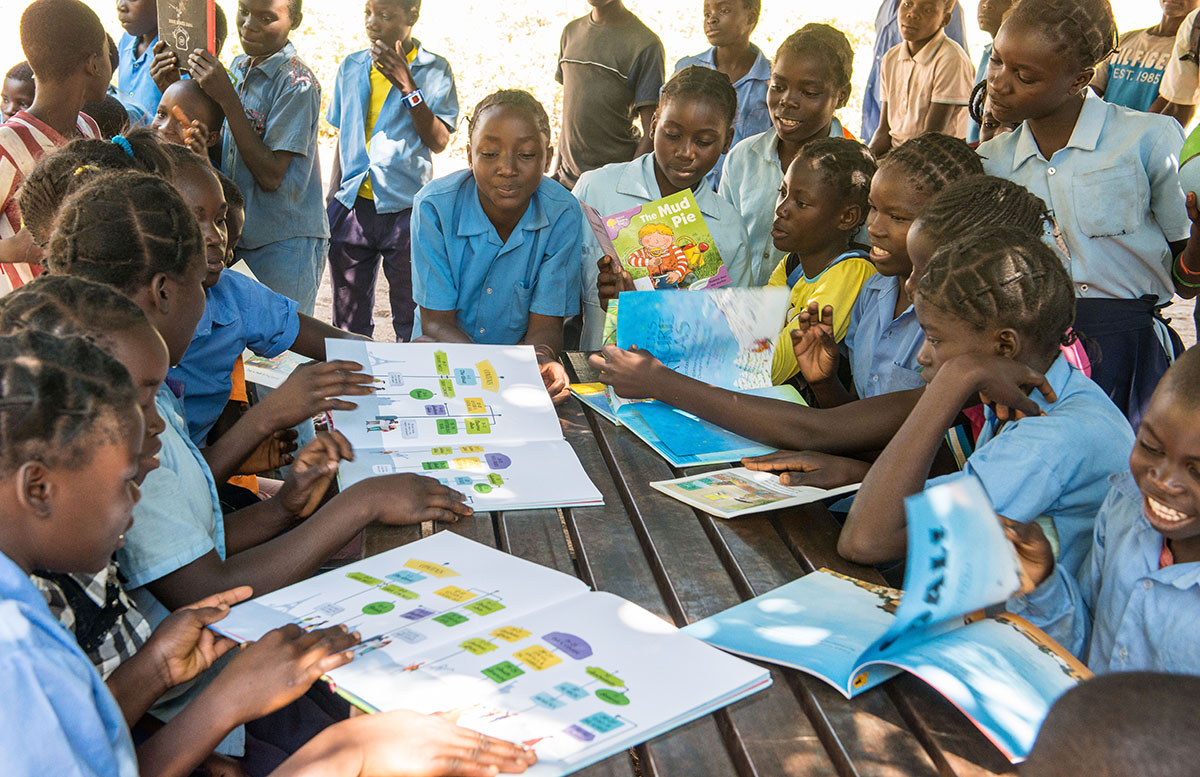
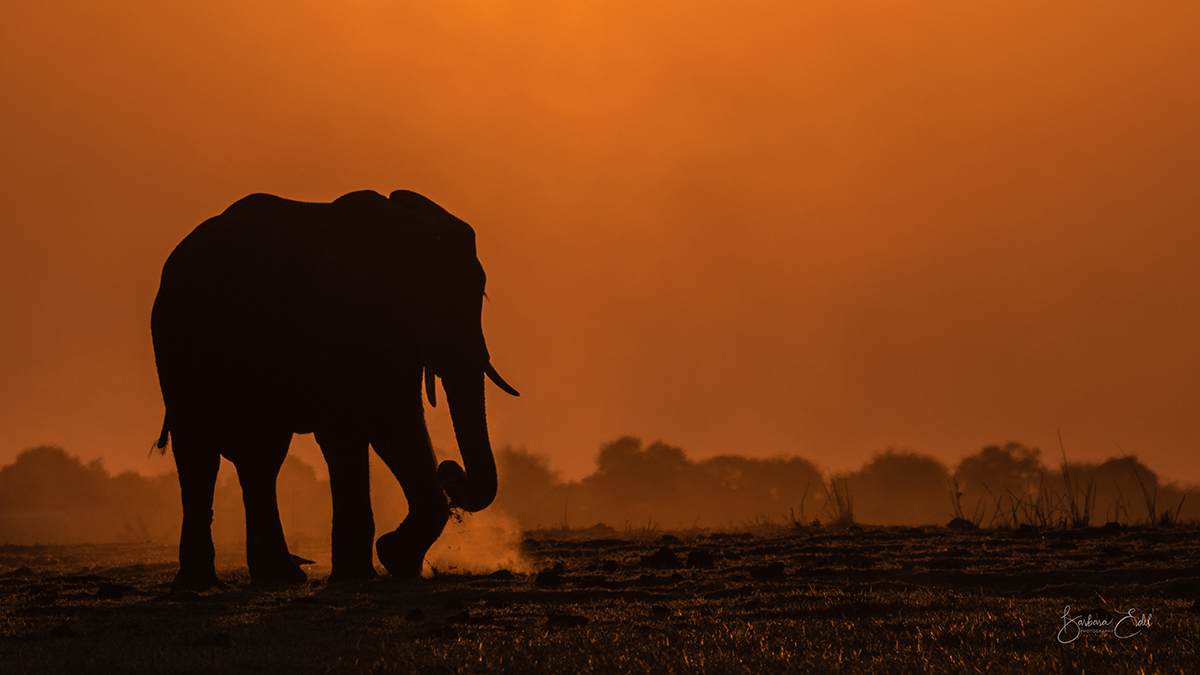
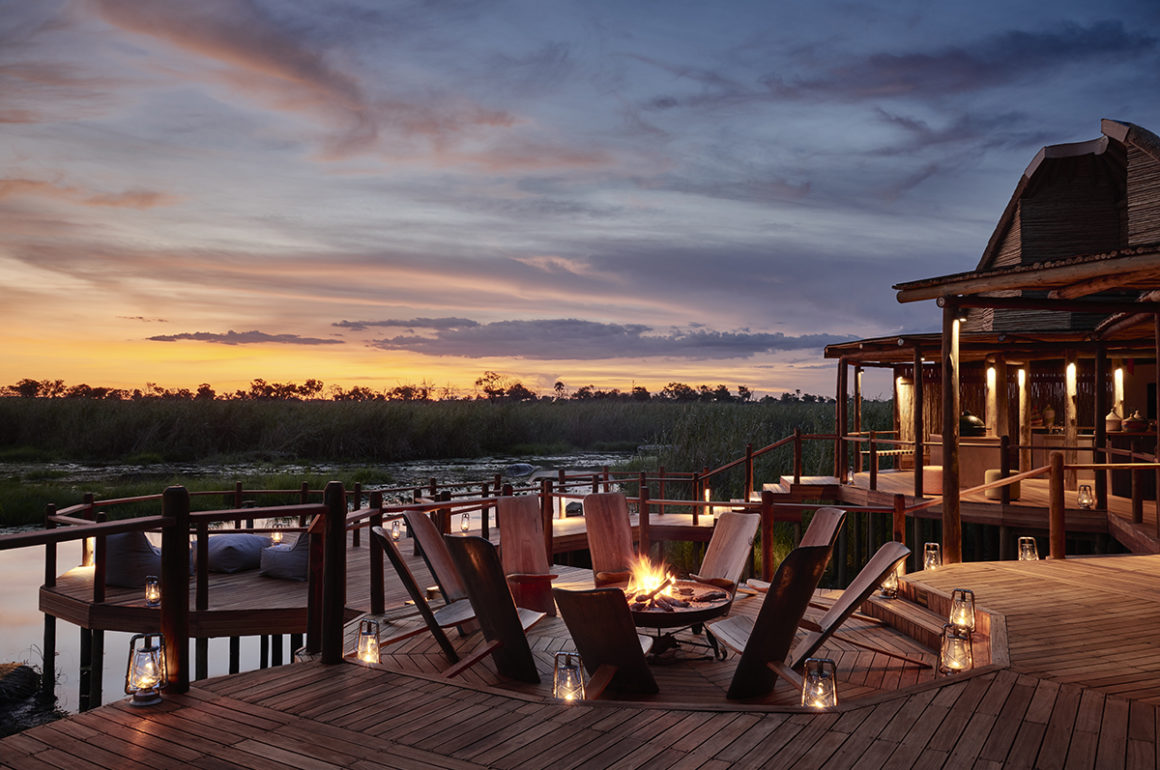
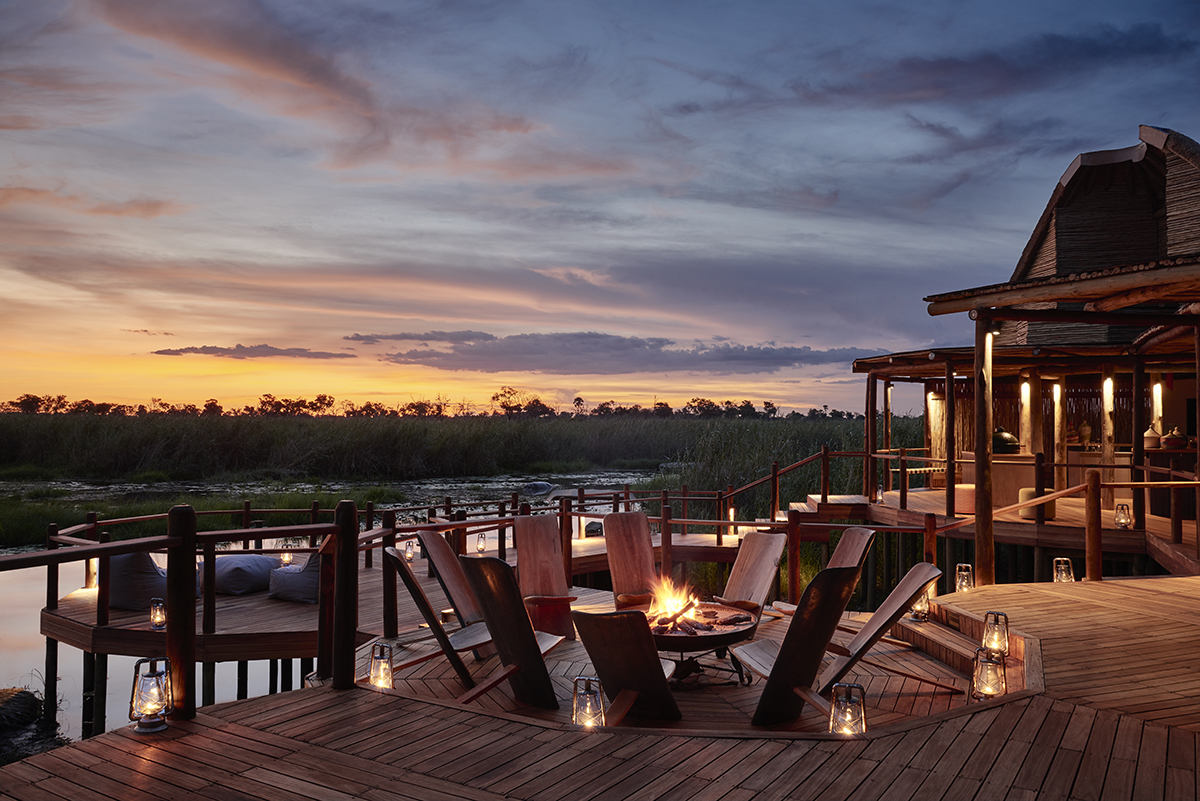
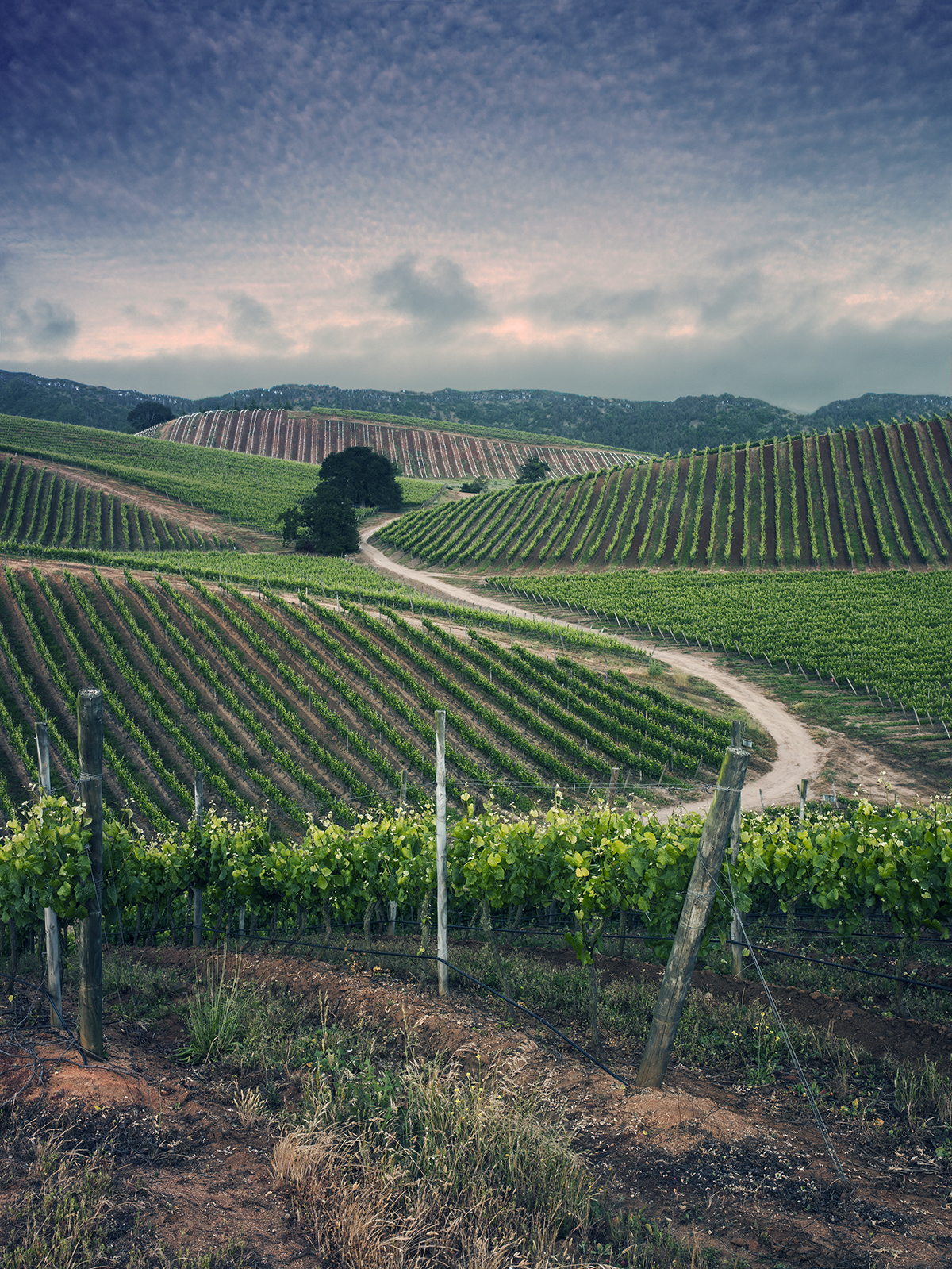
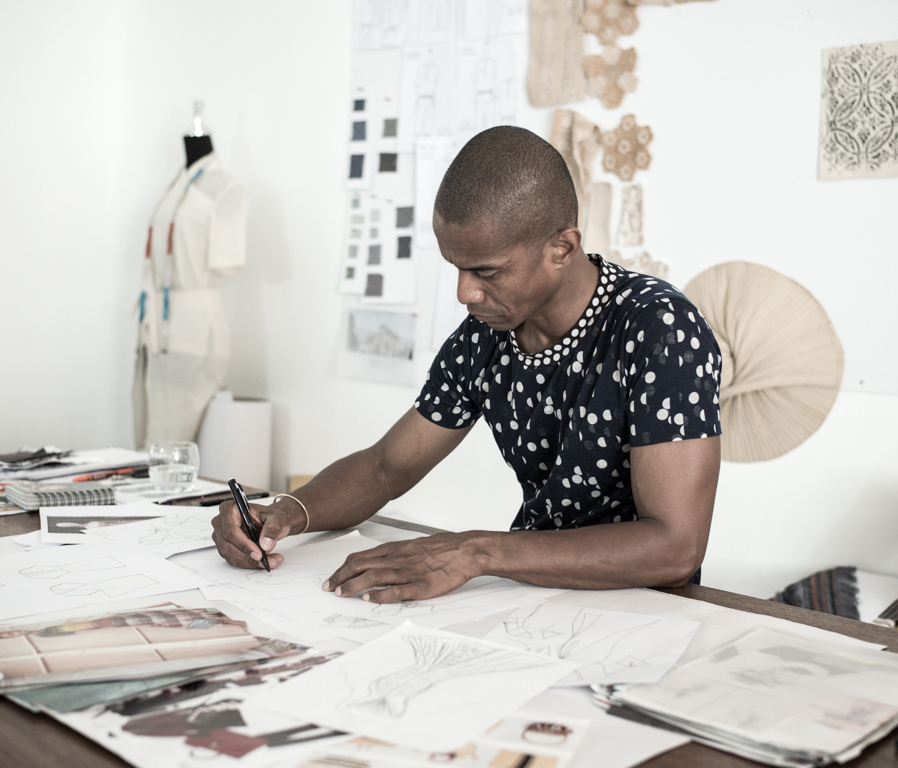
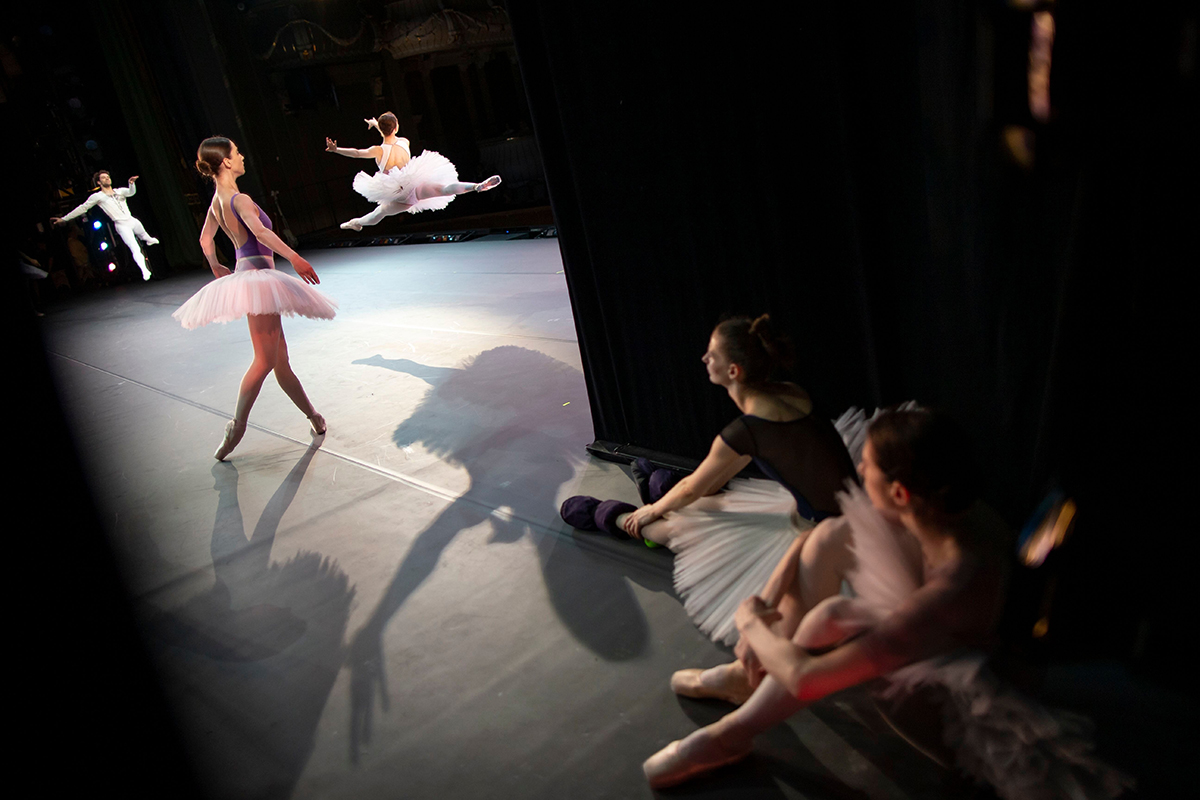
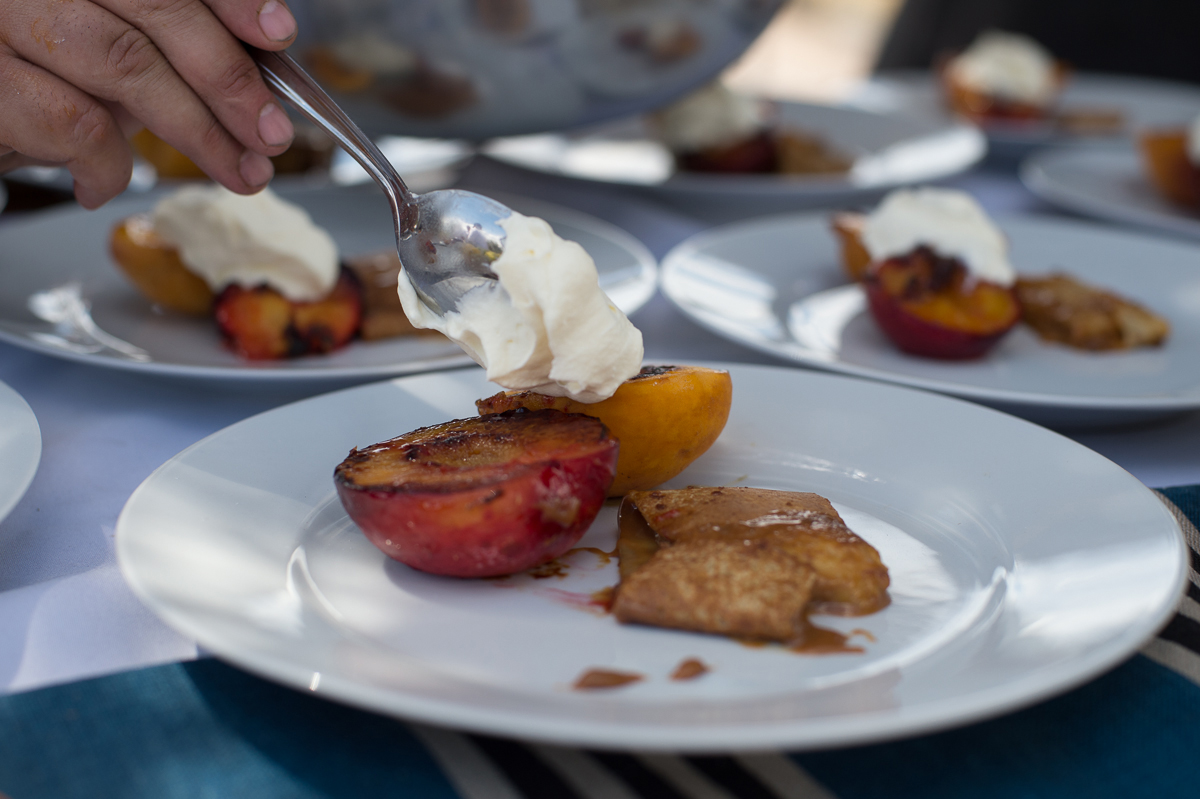
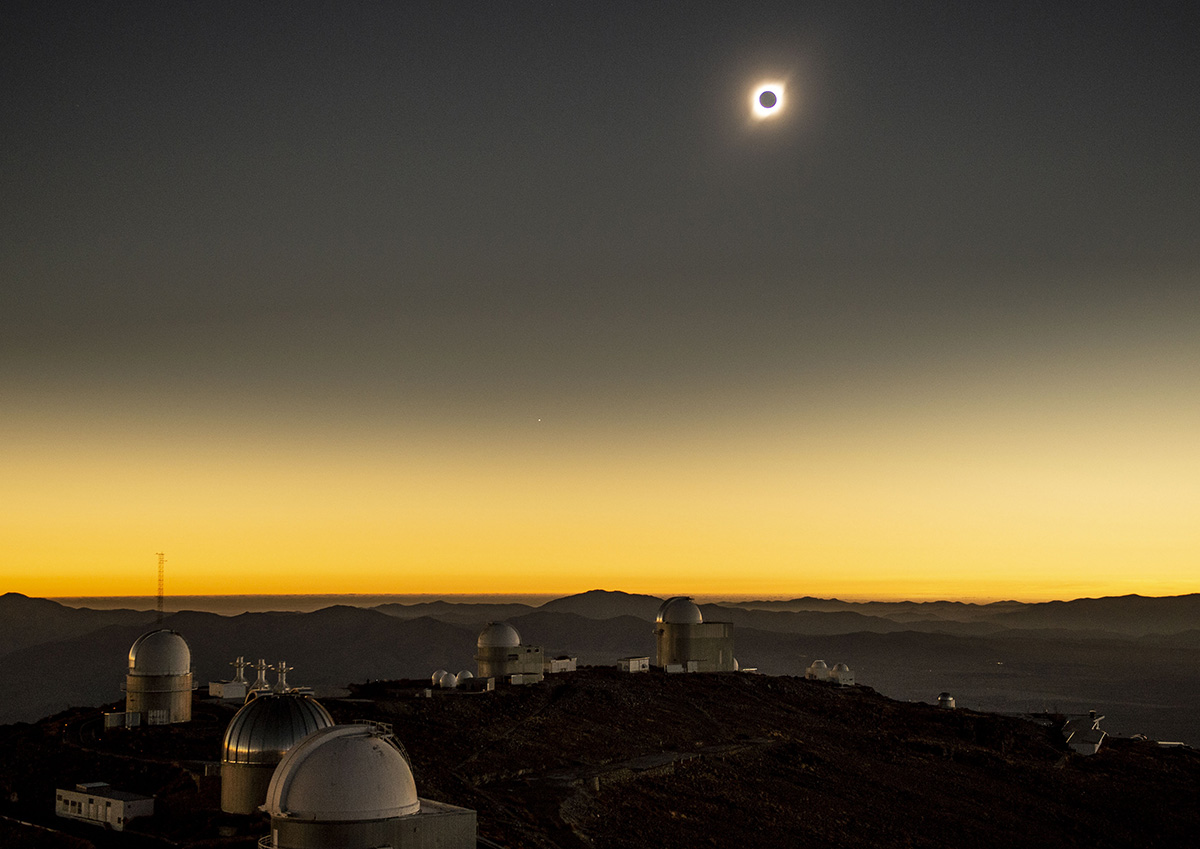

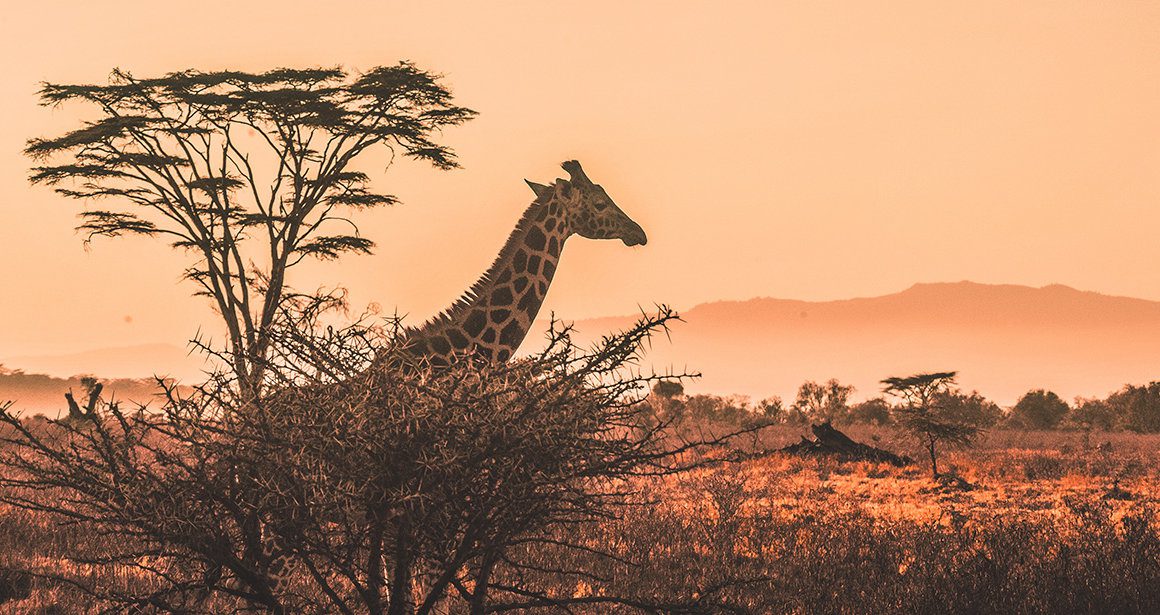
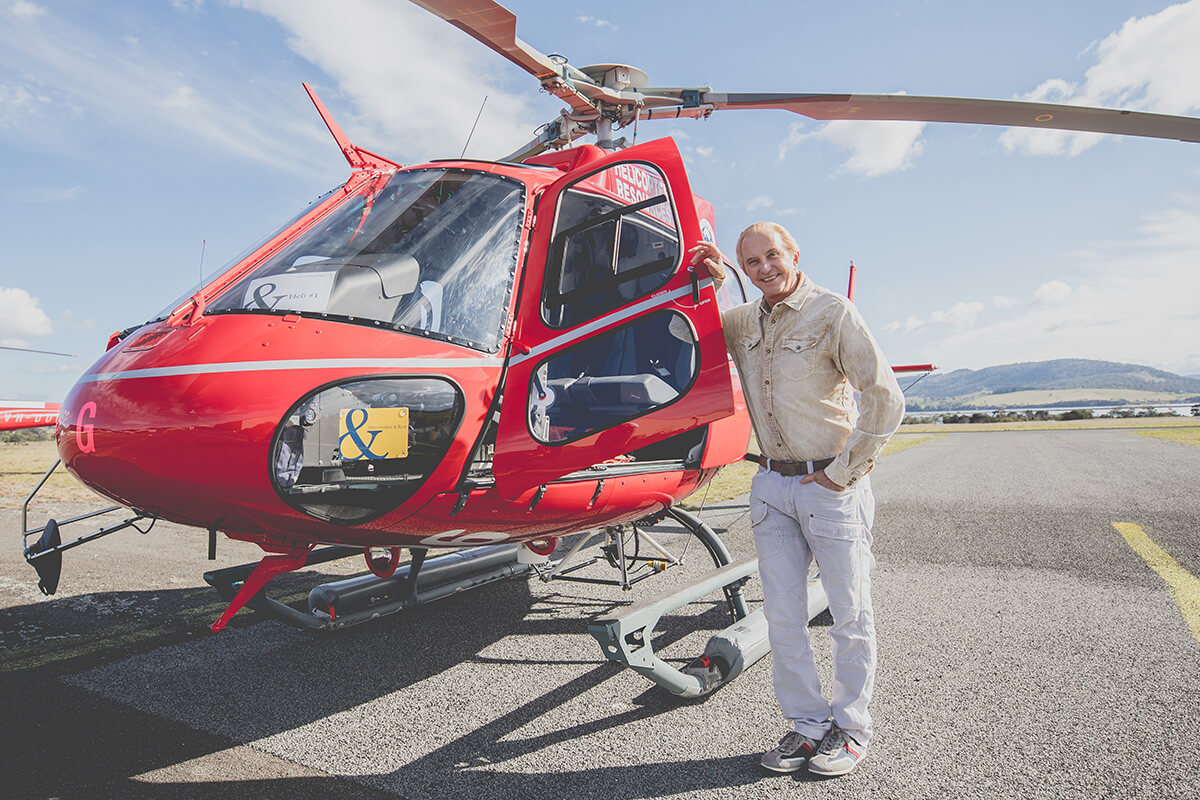
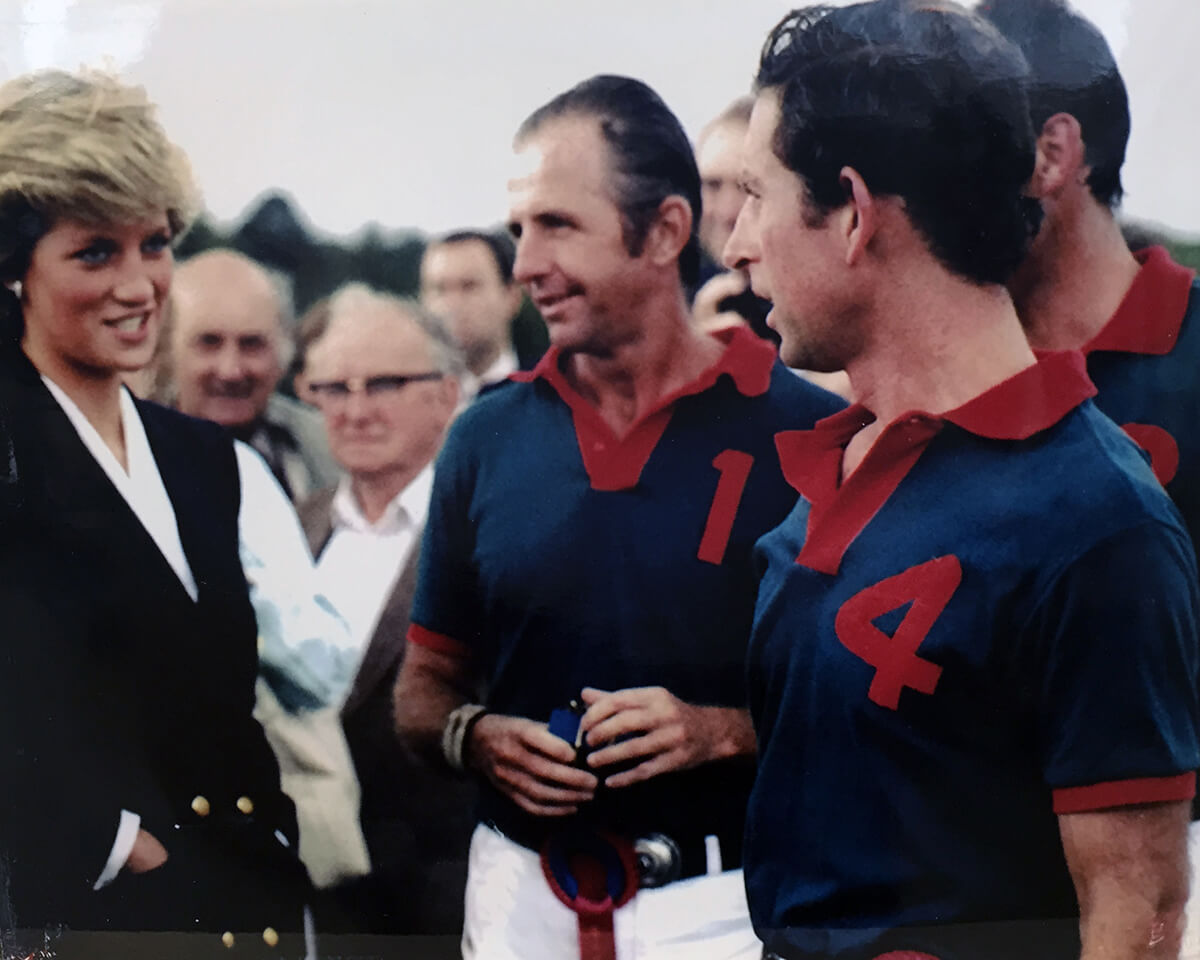
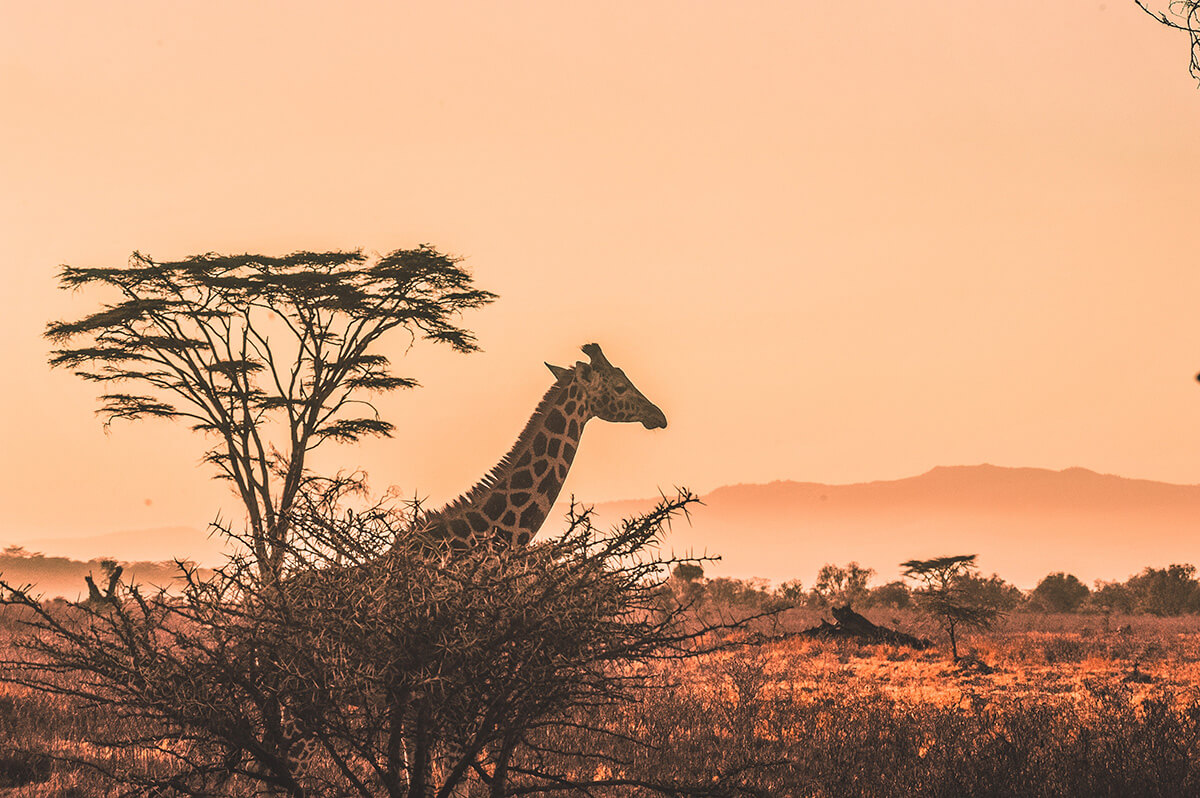

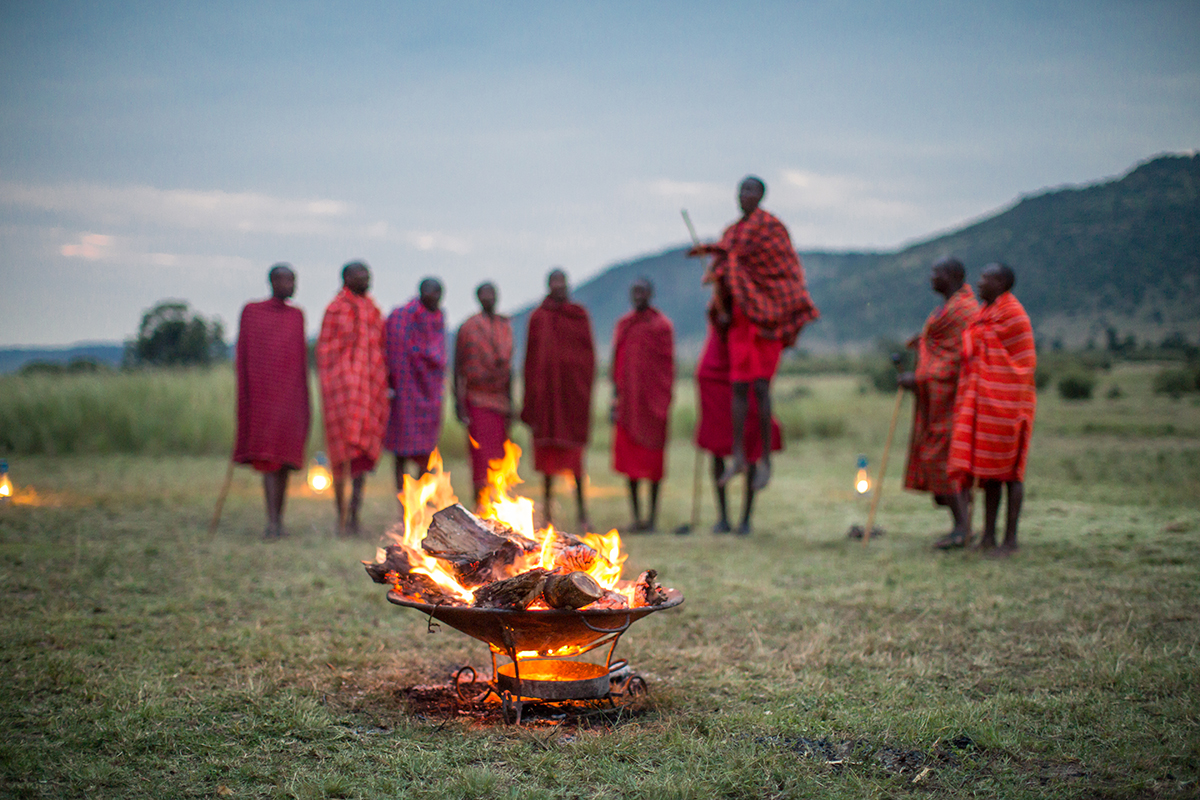
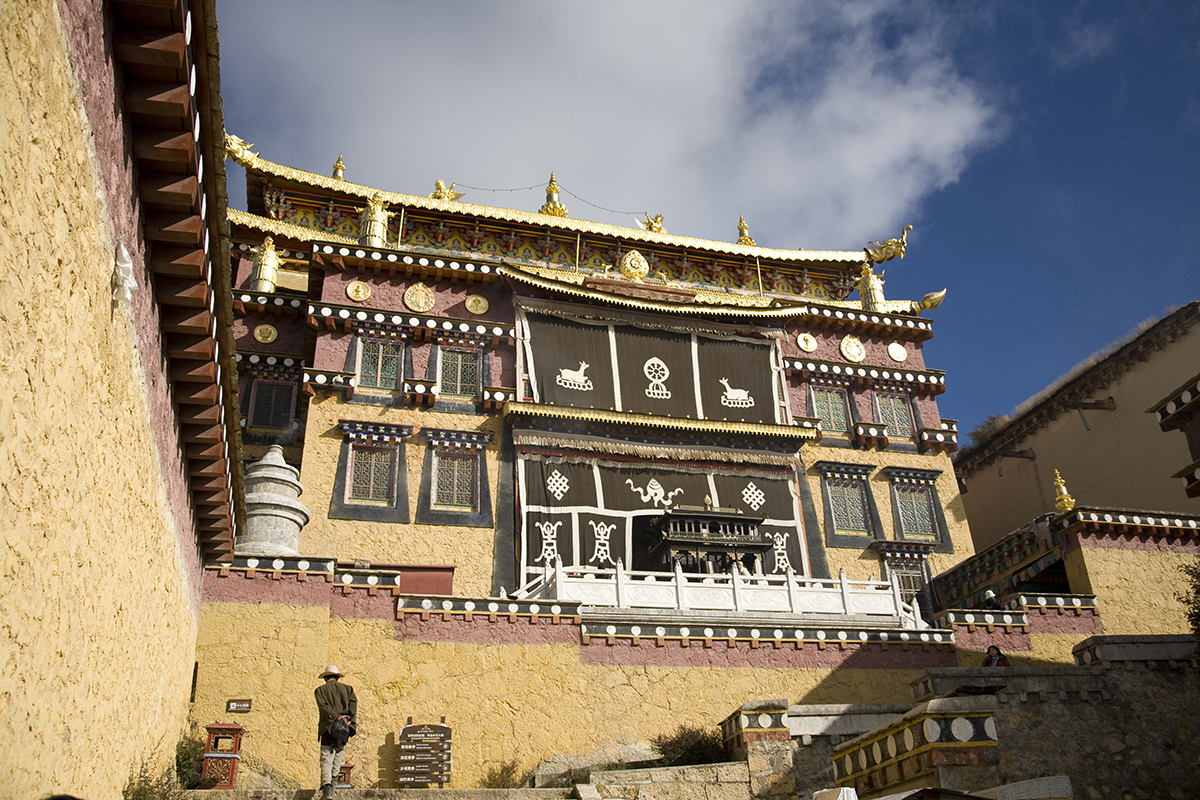
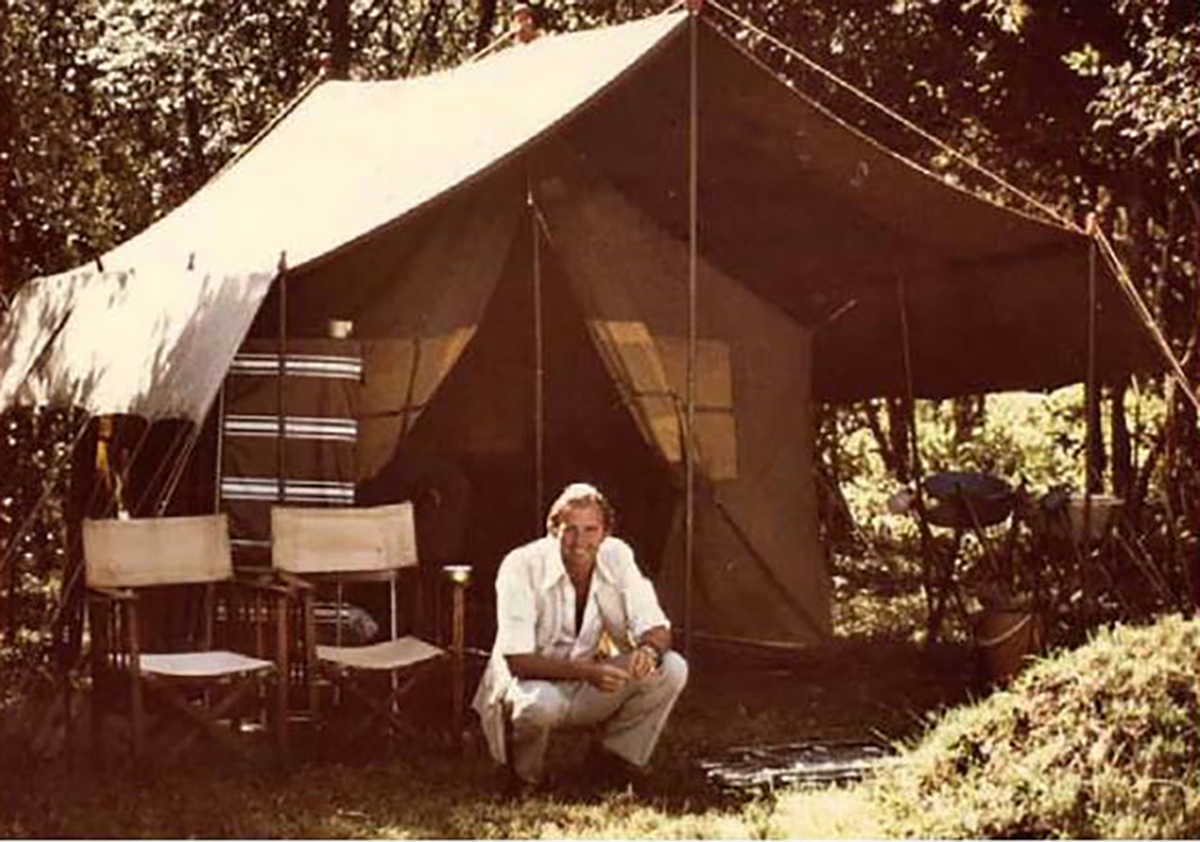





Recent Comments